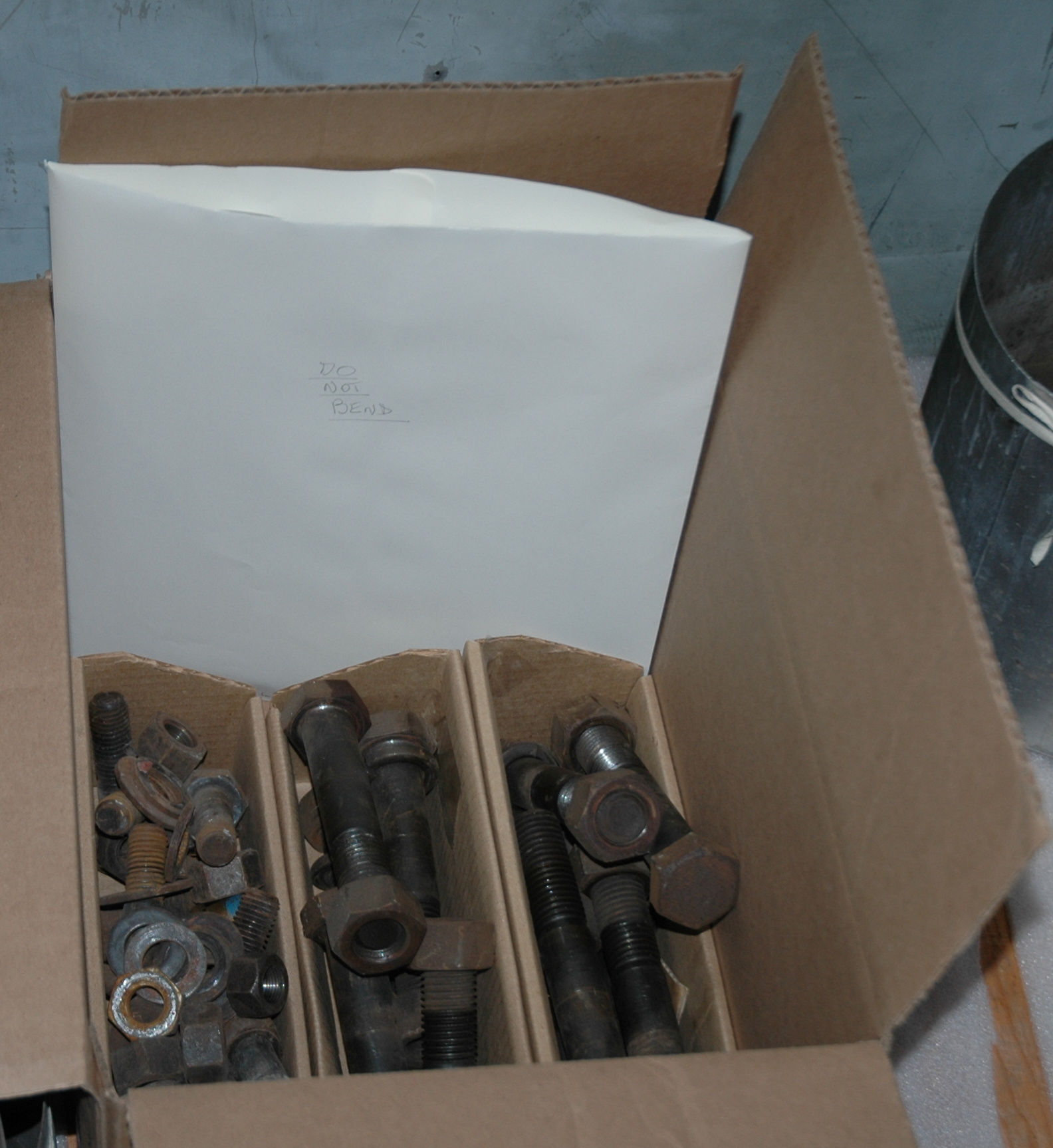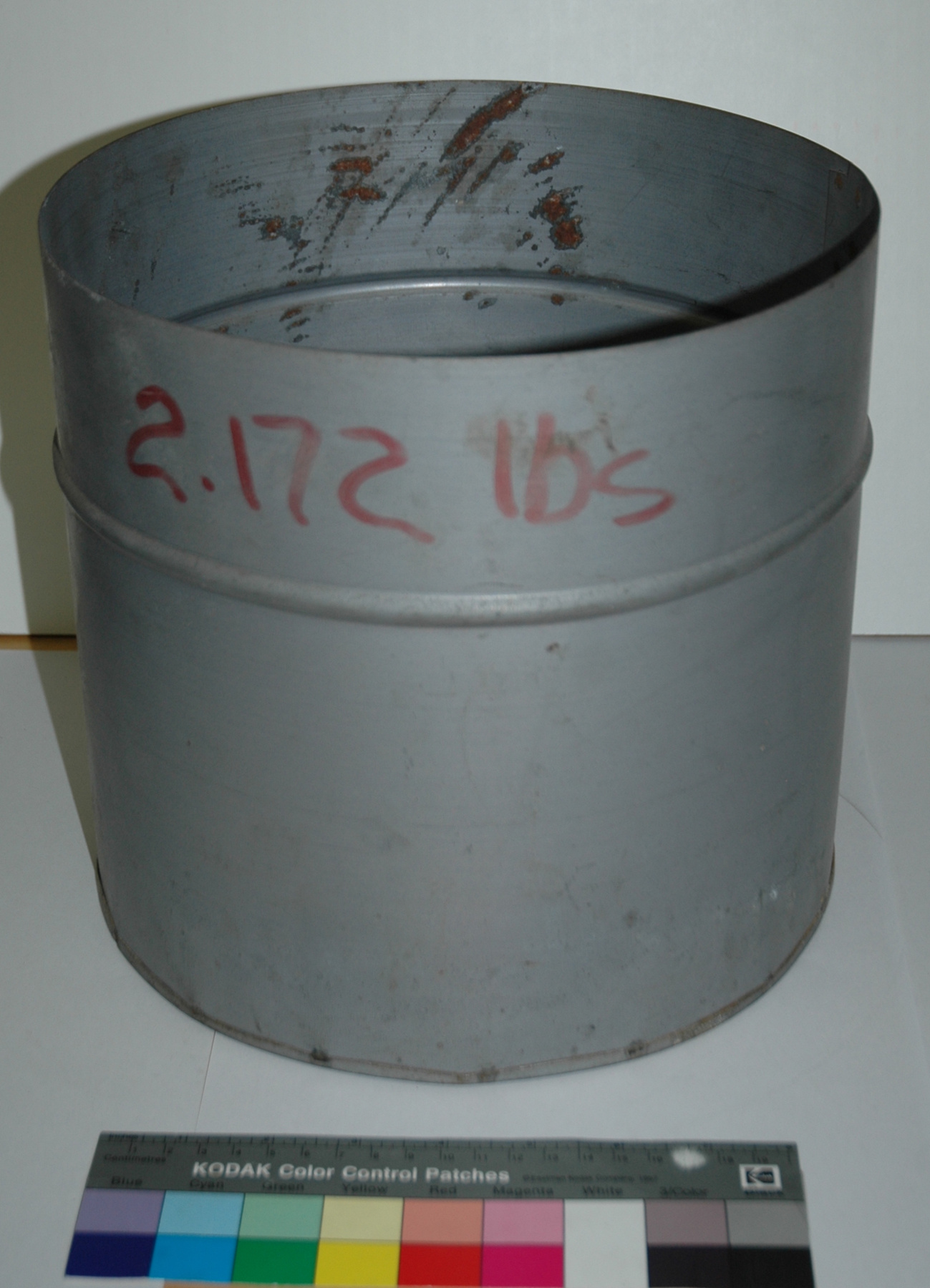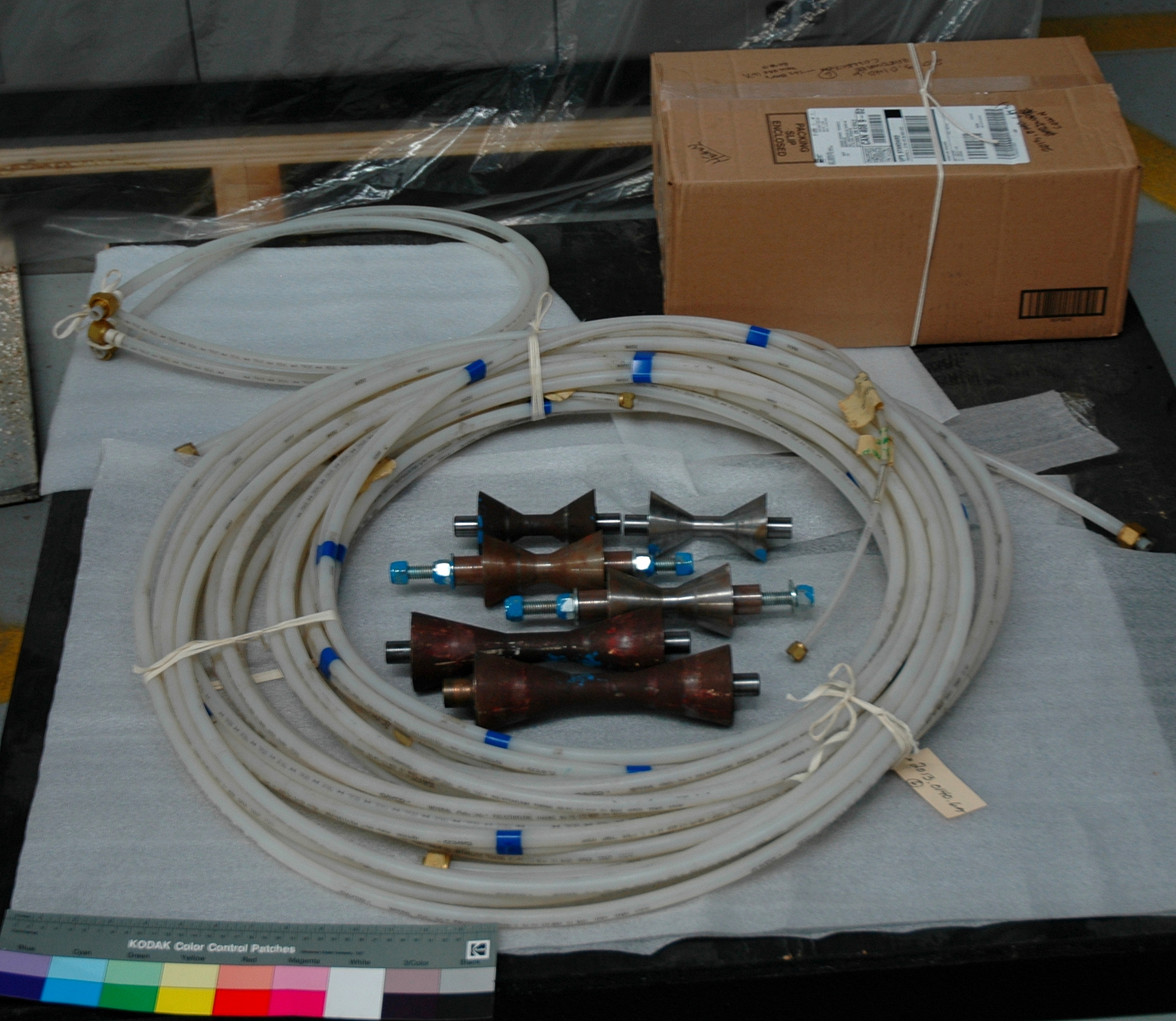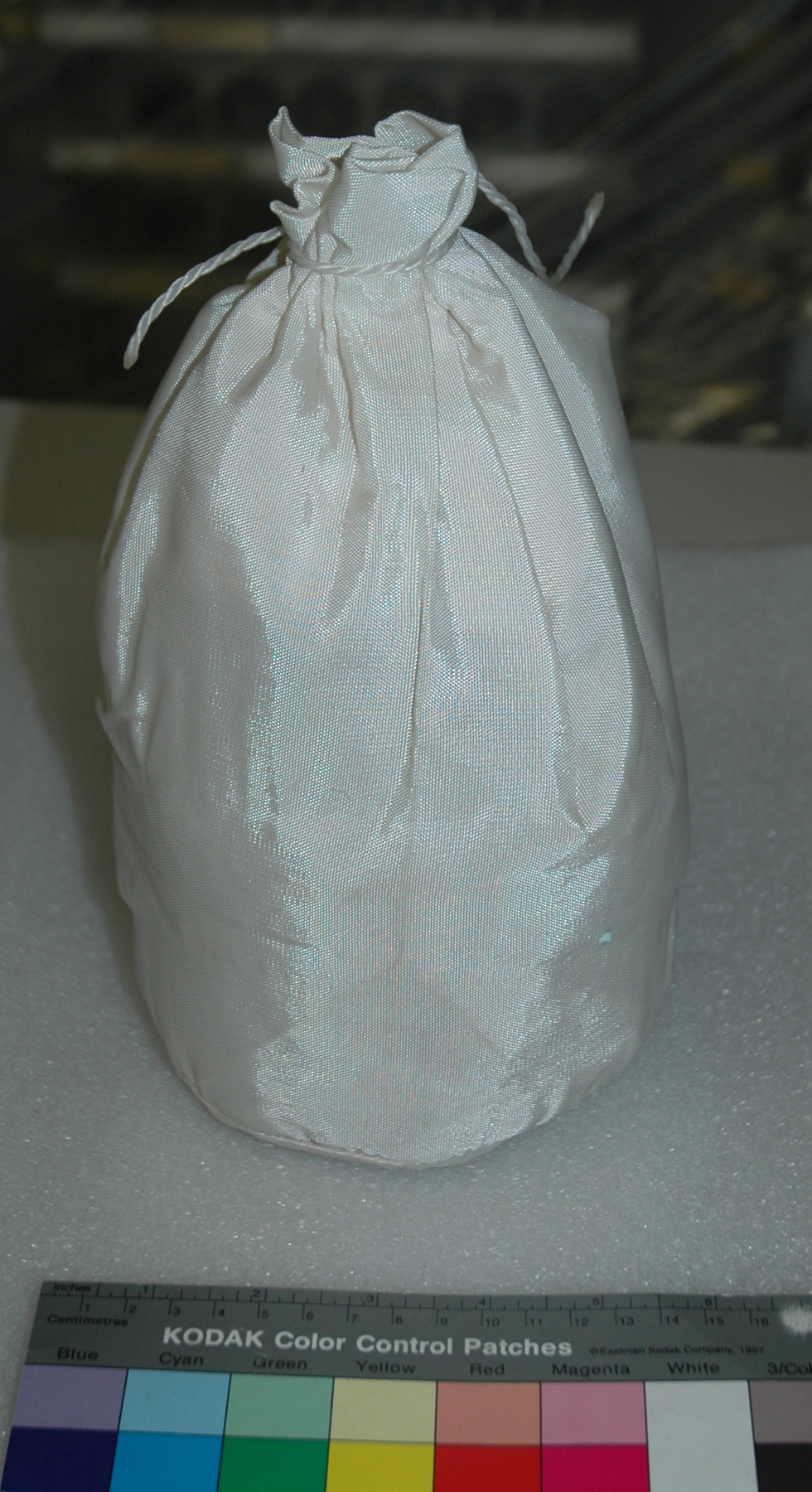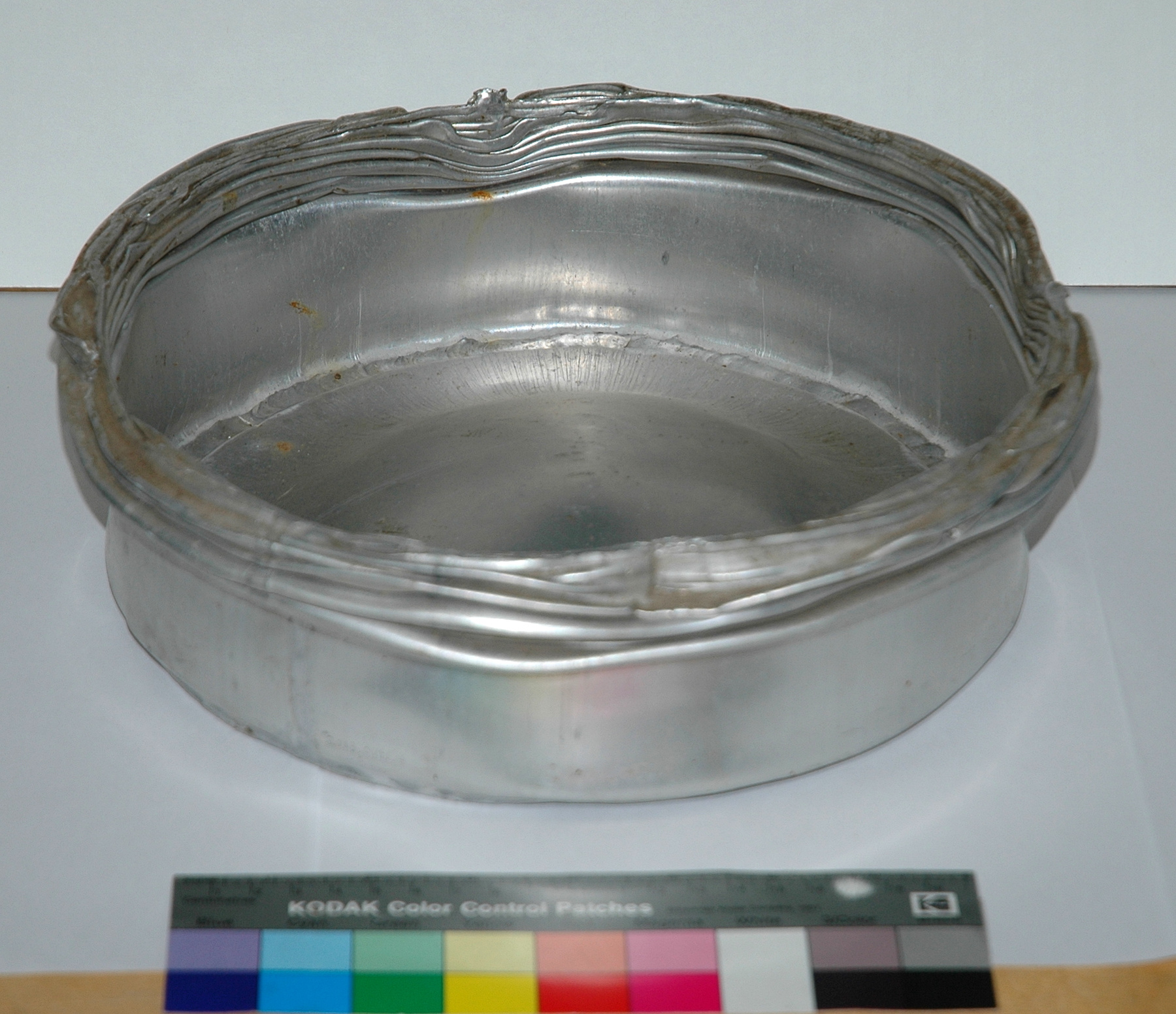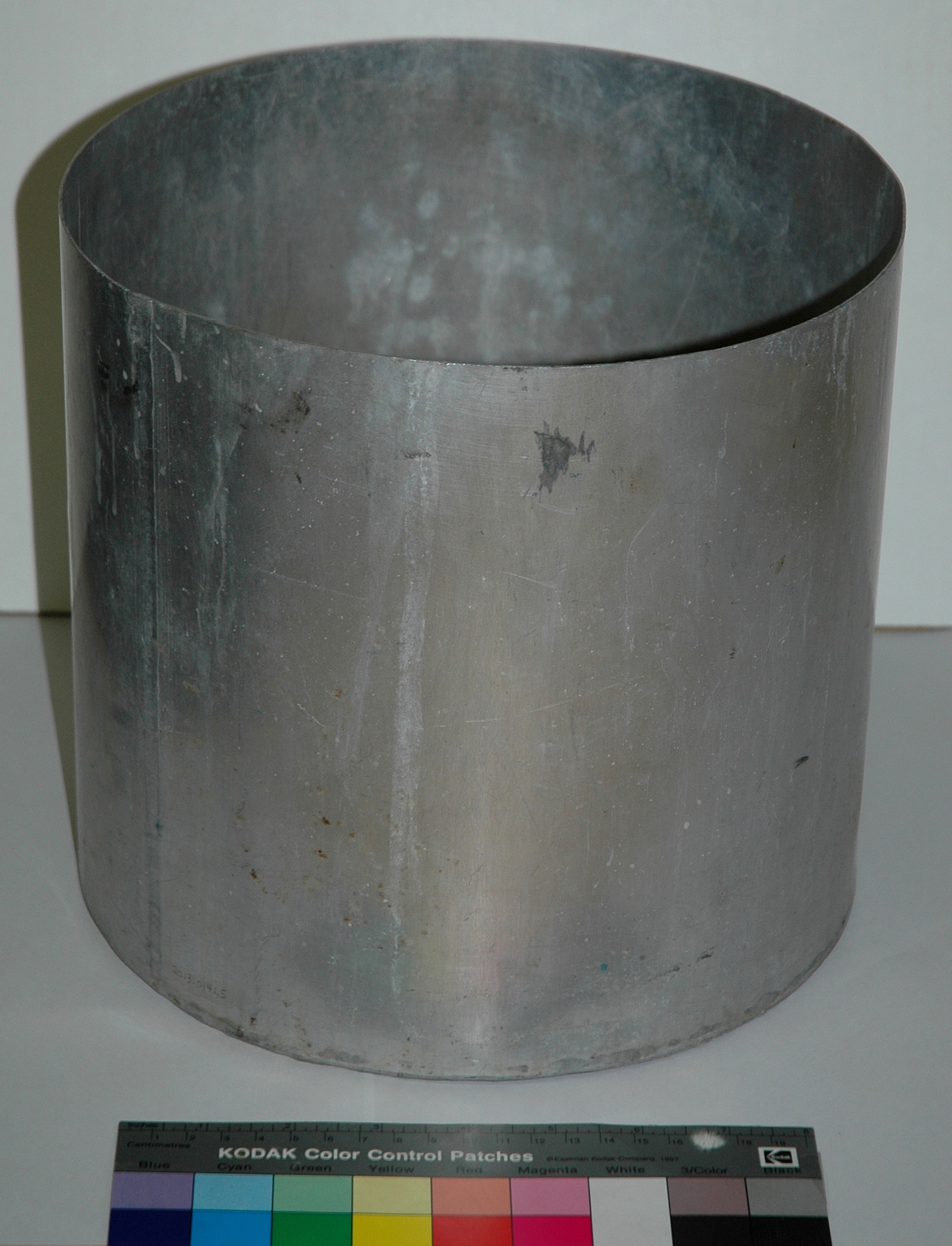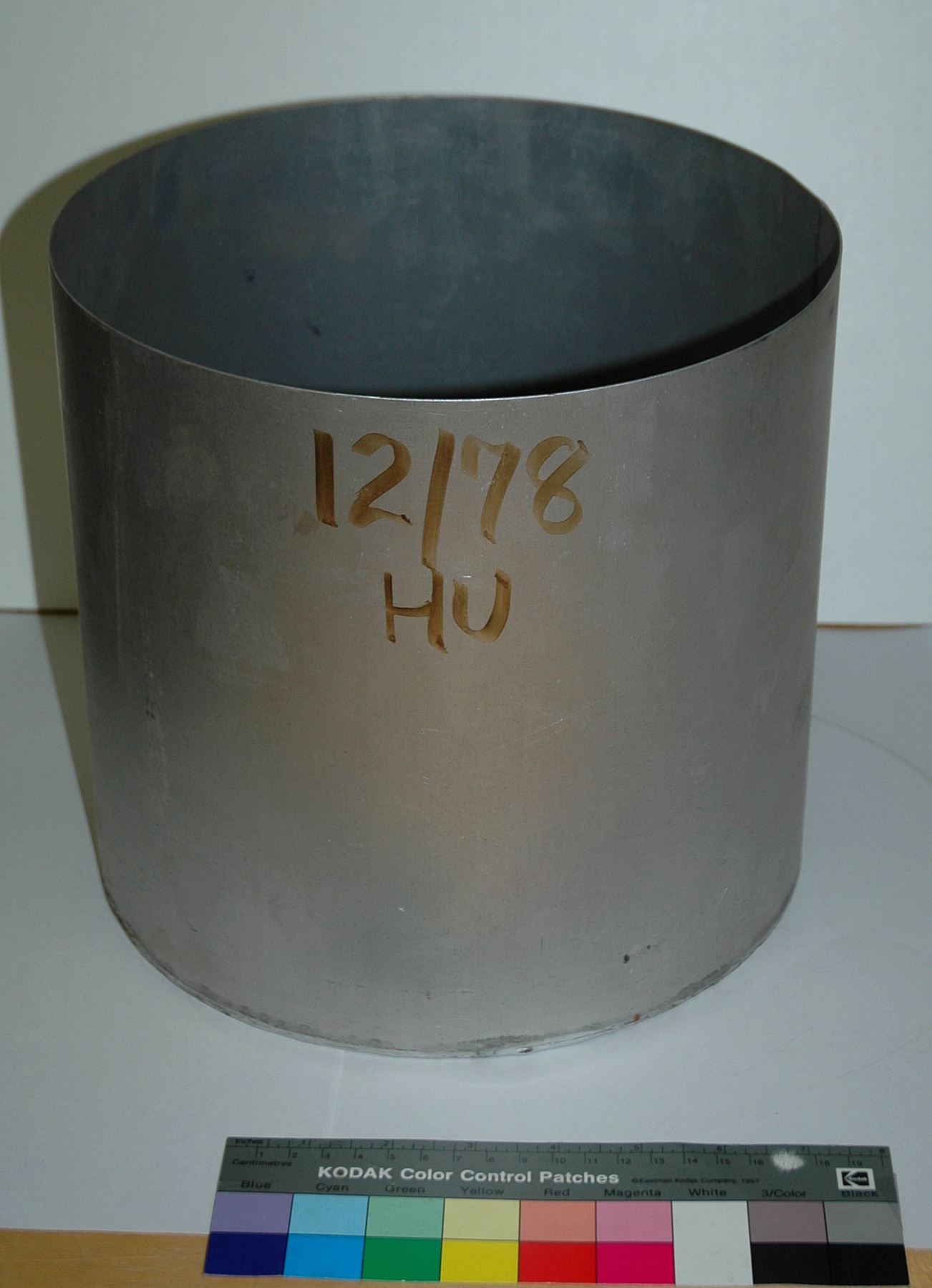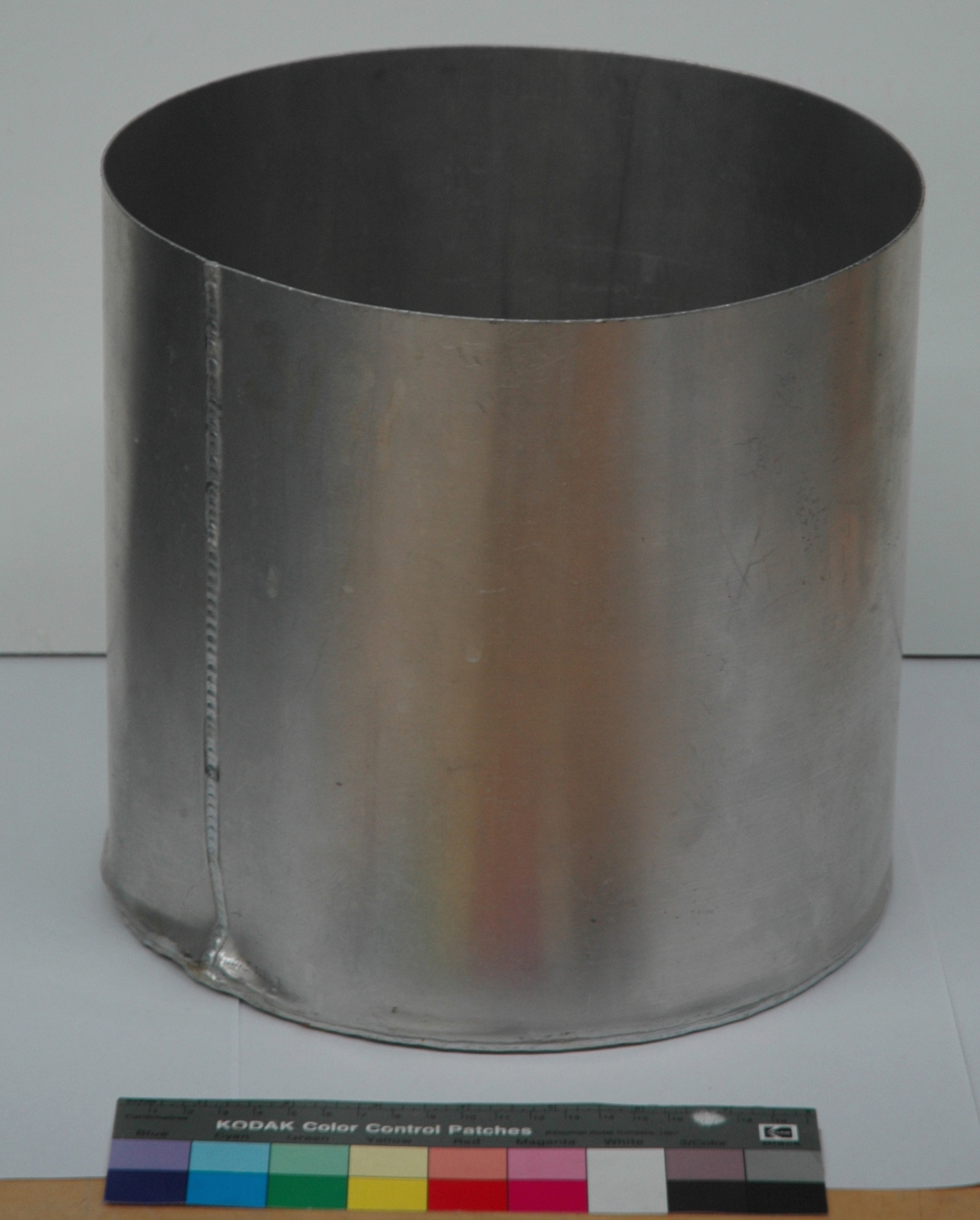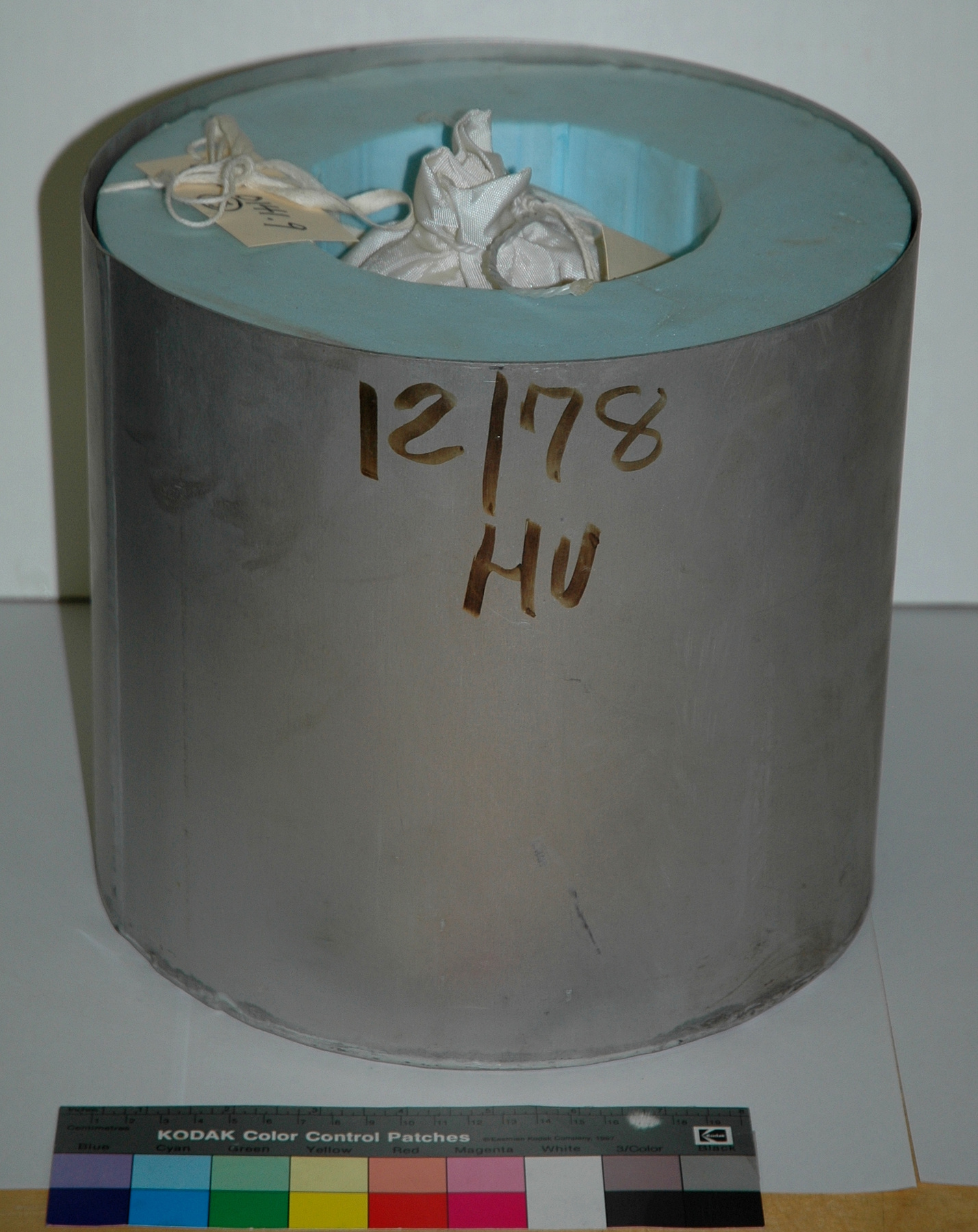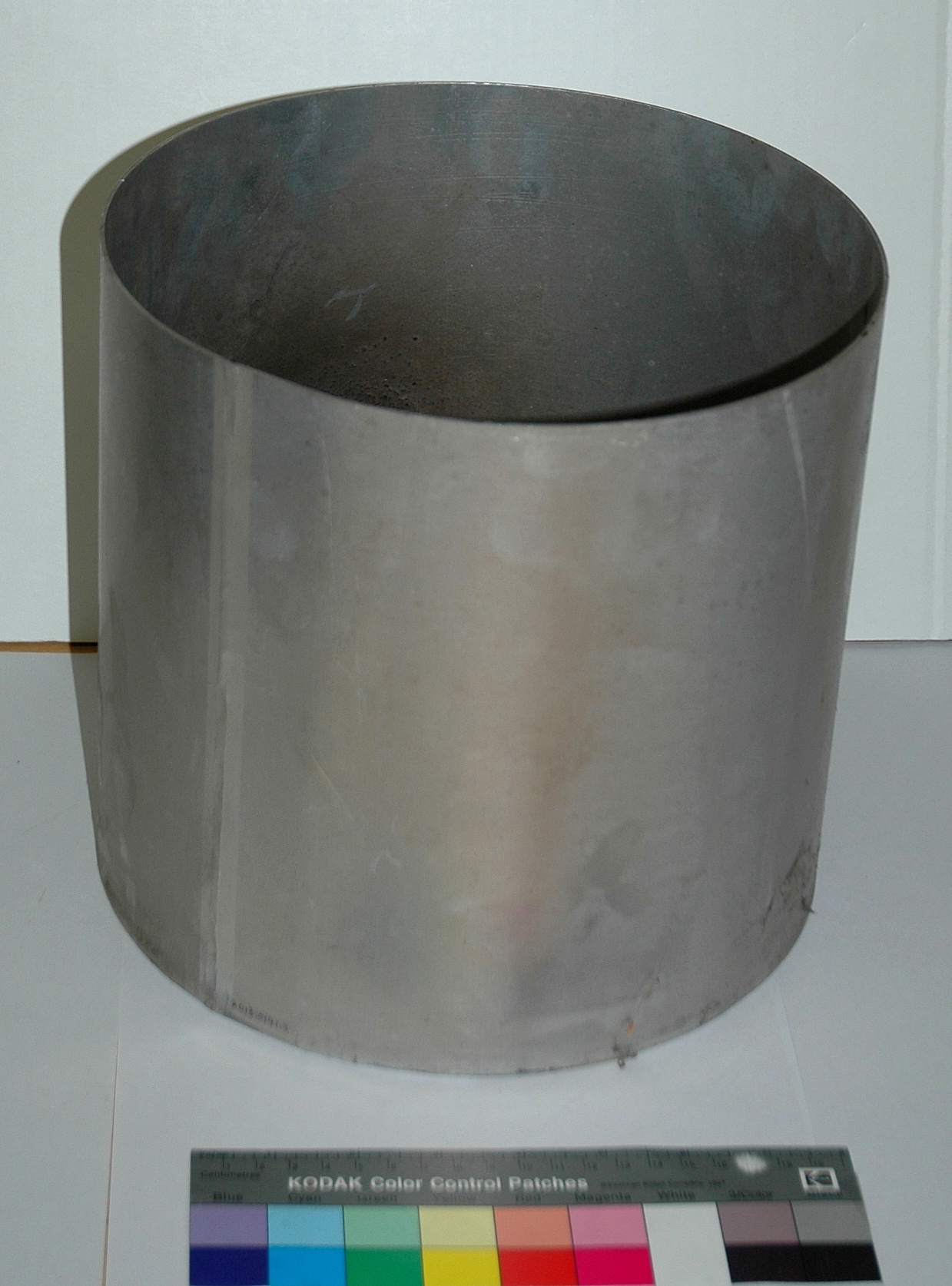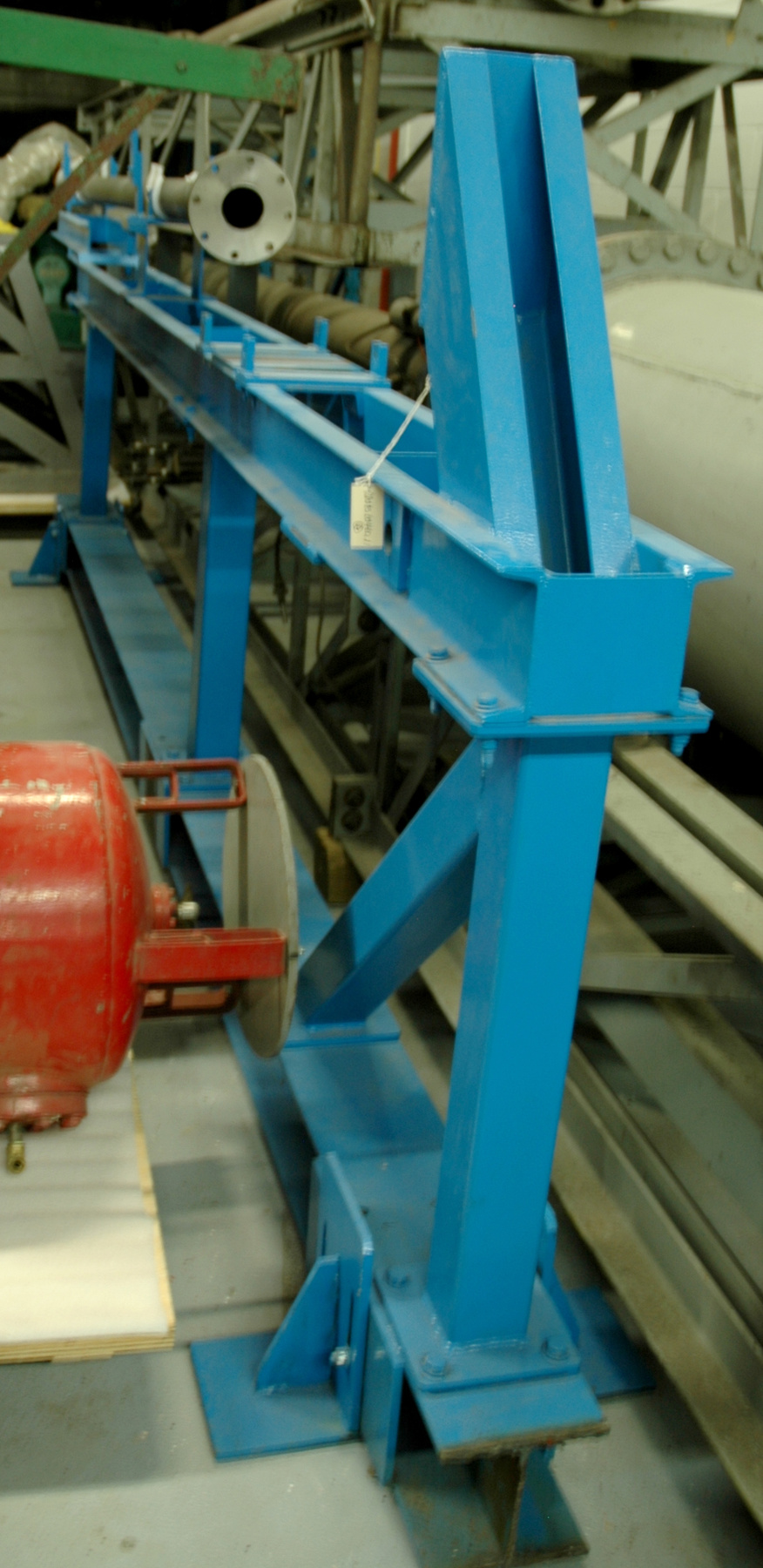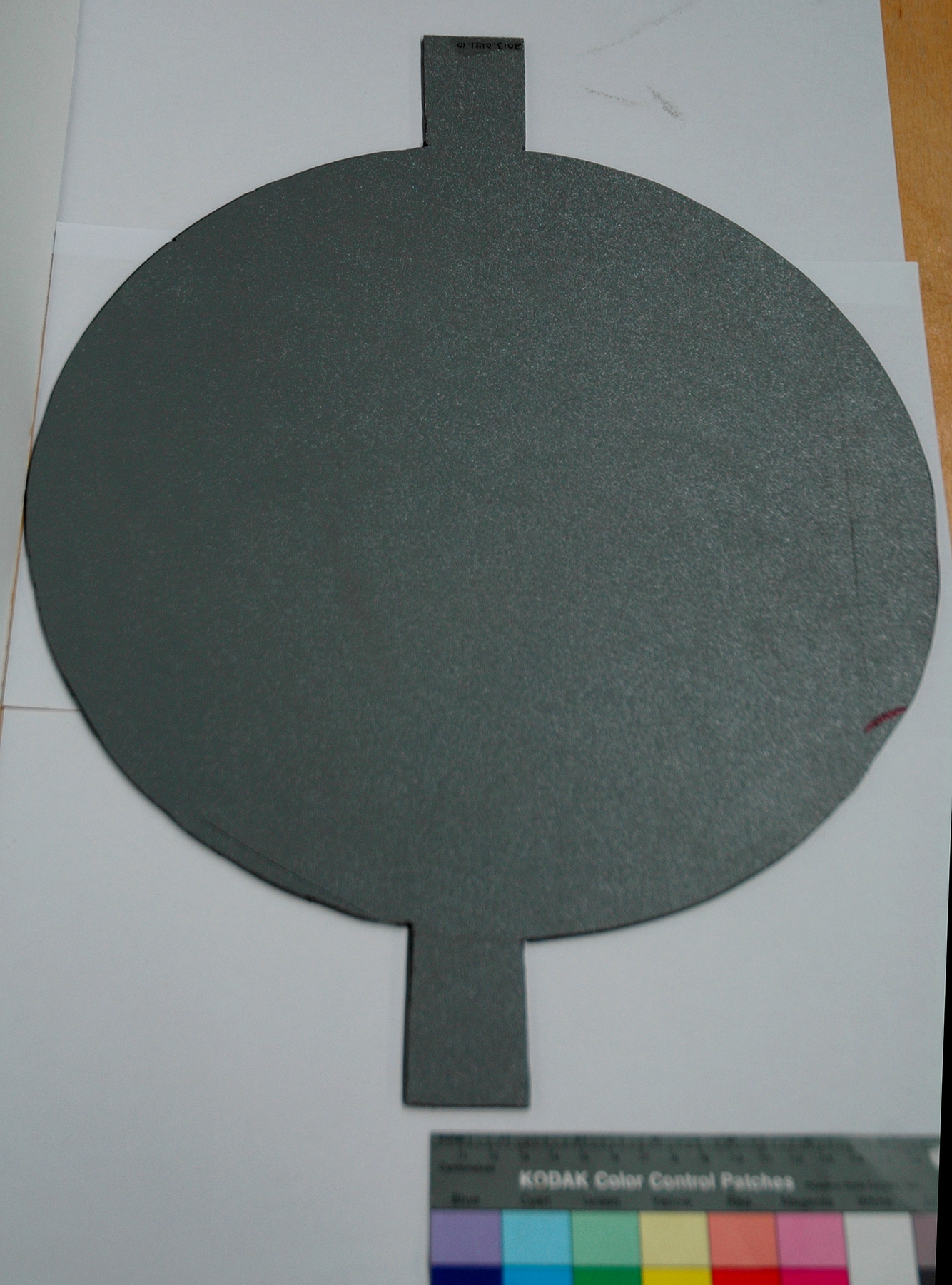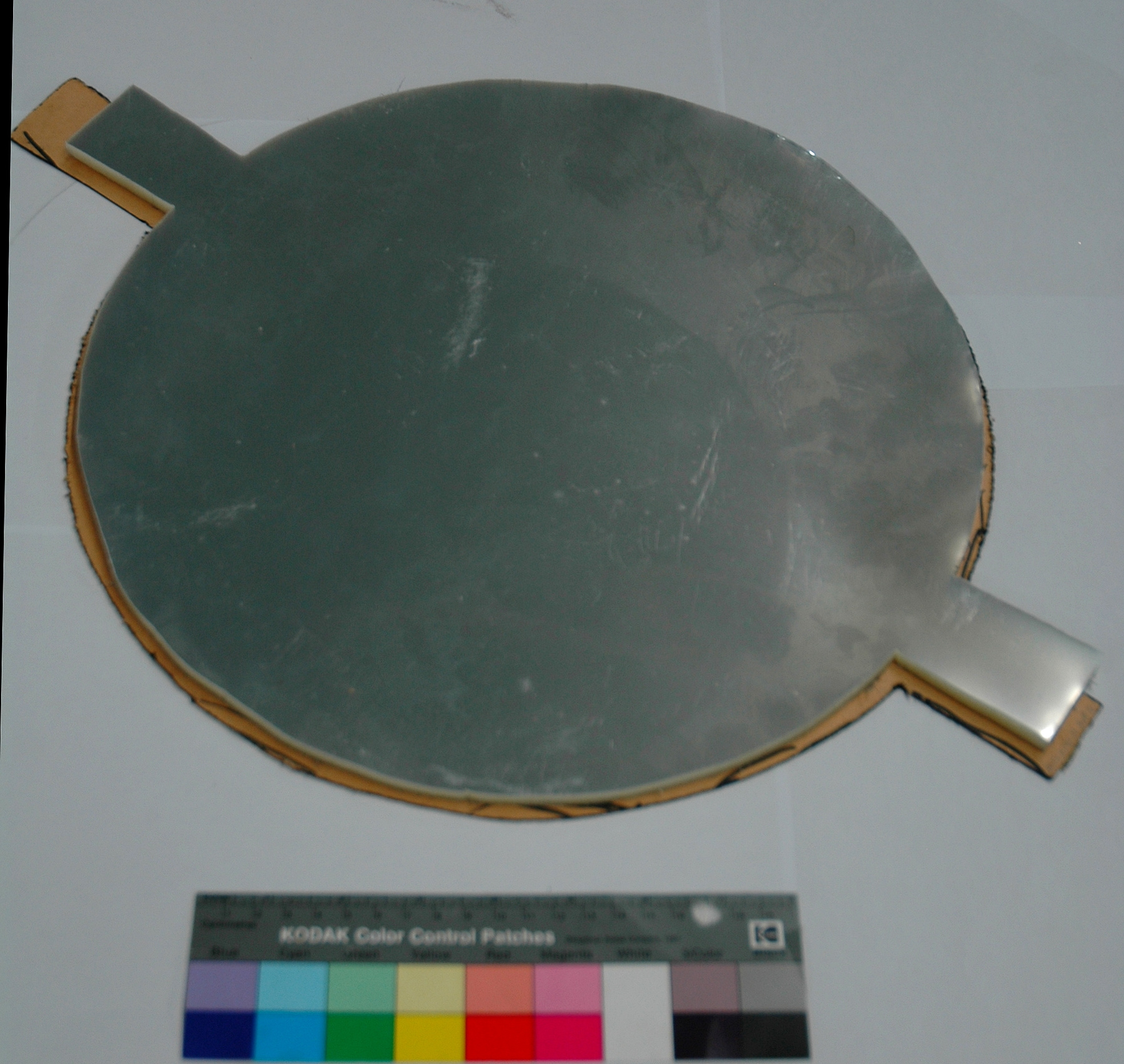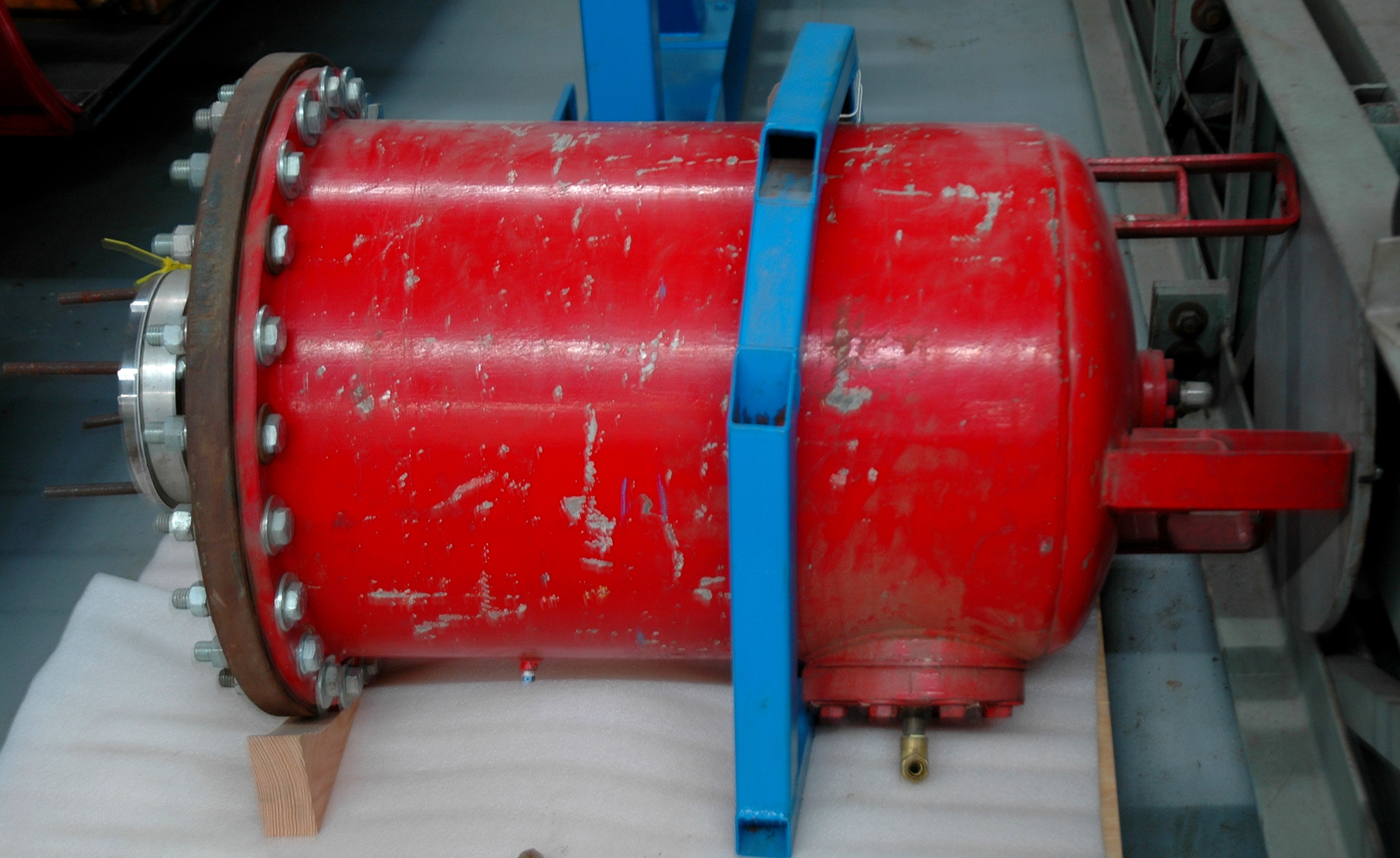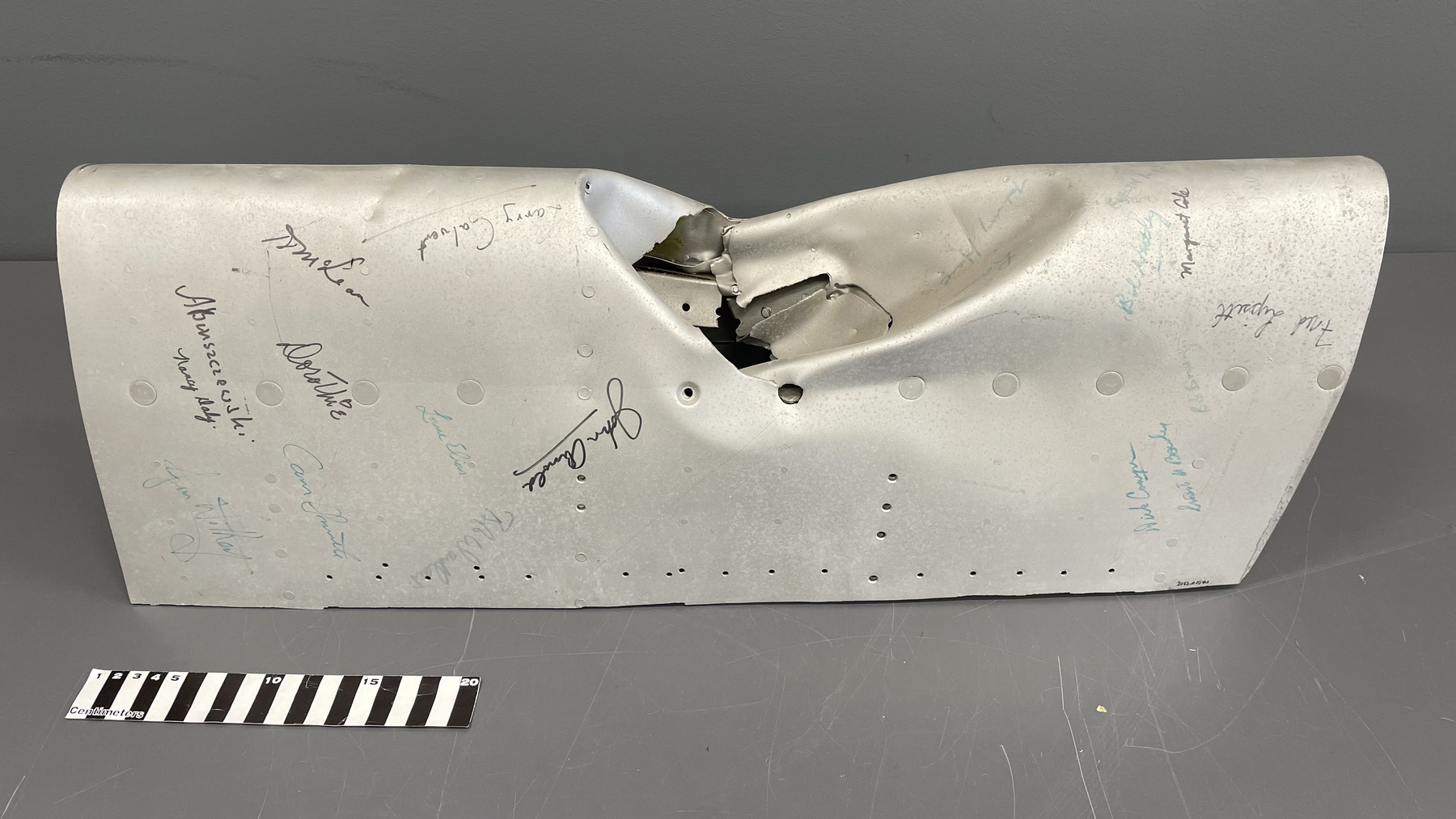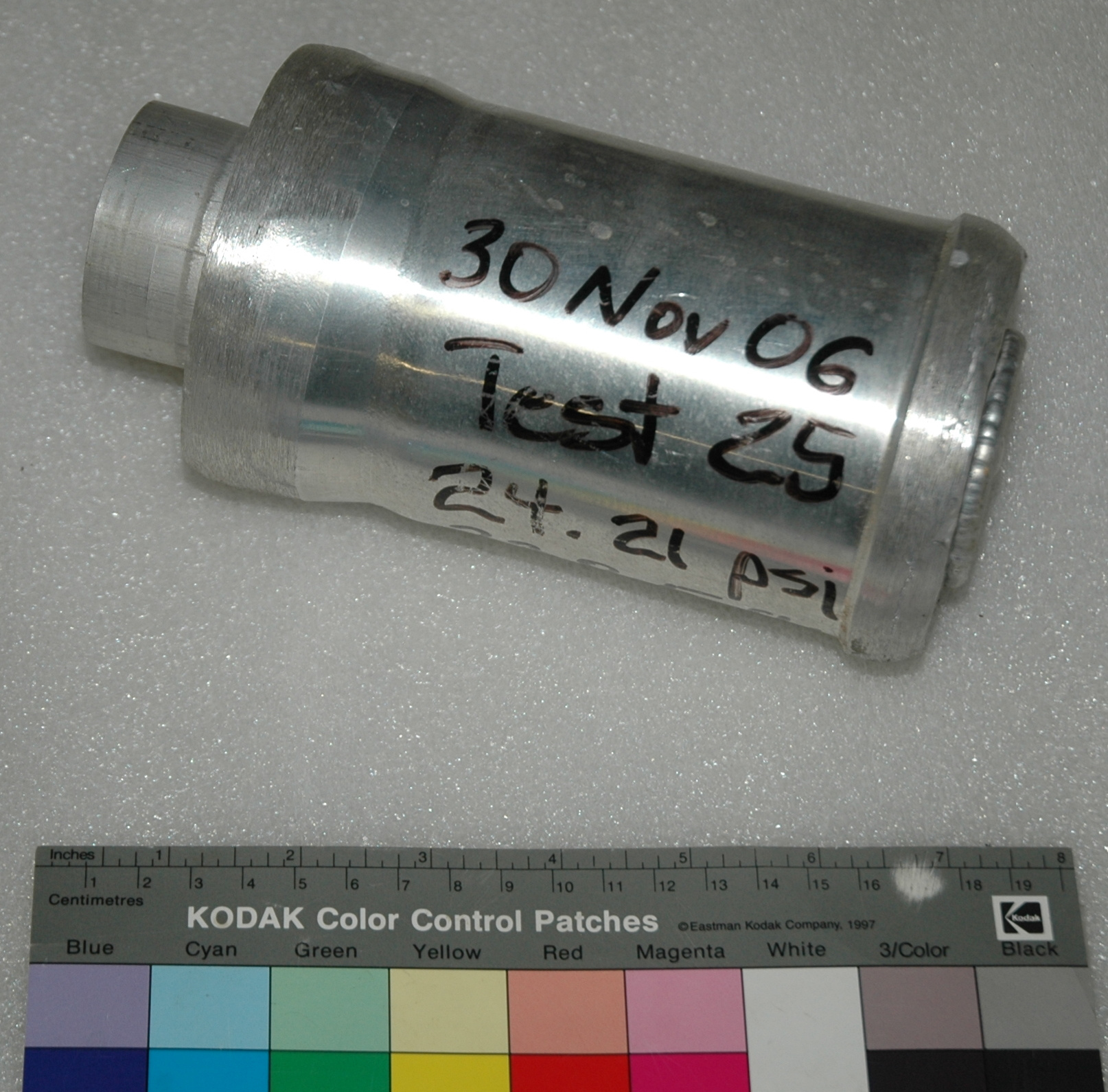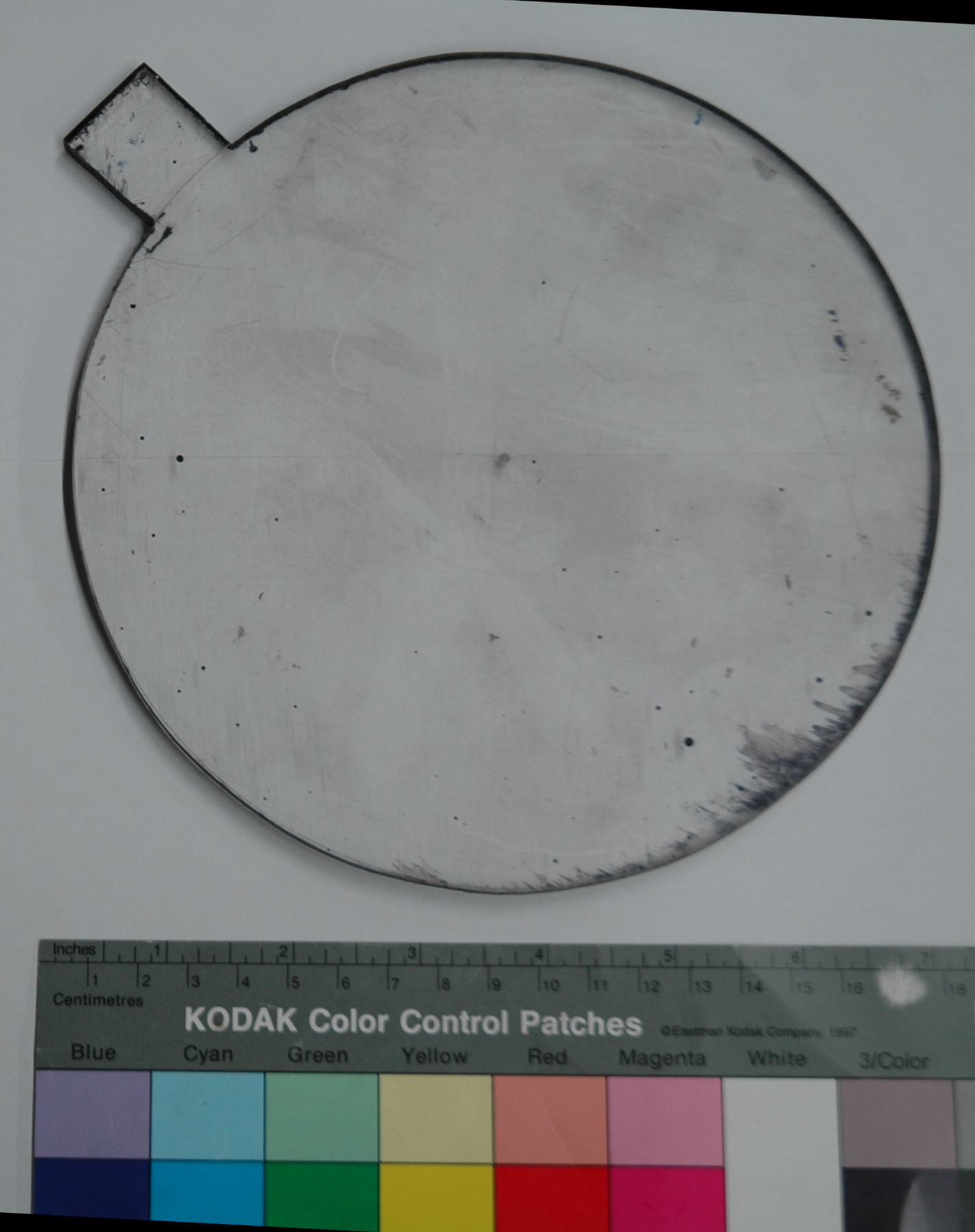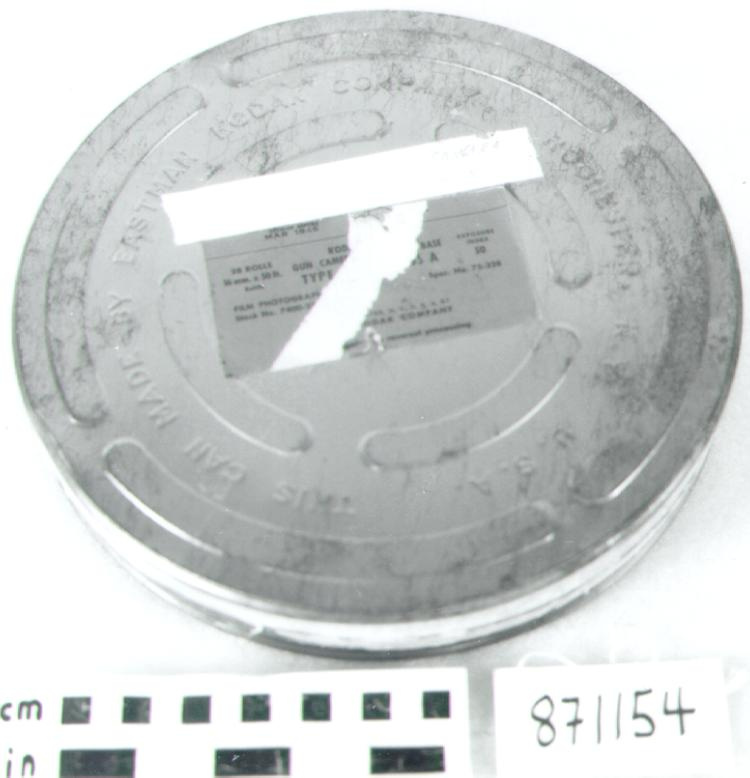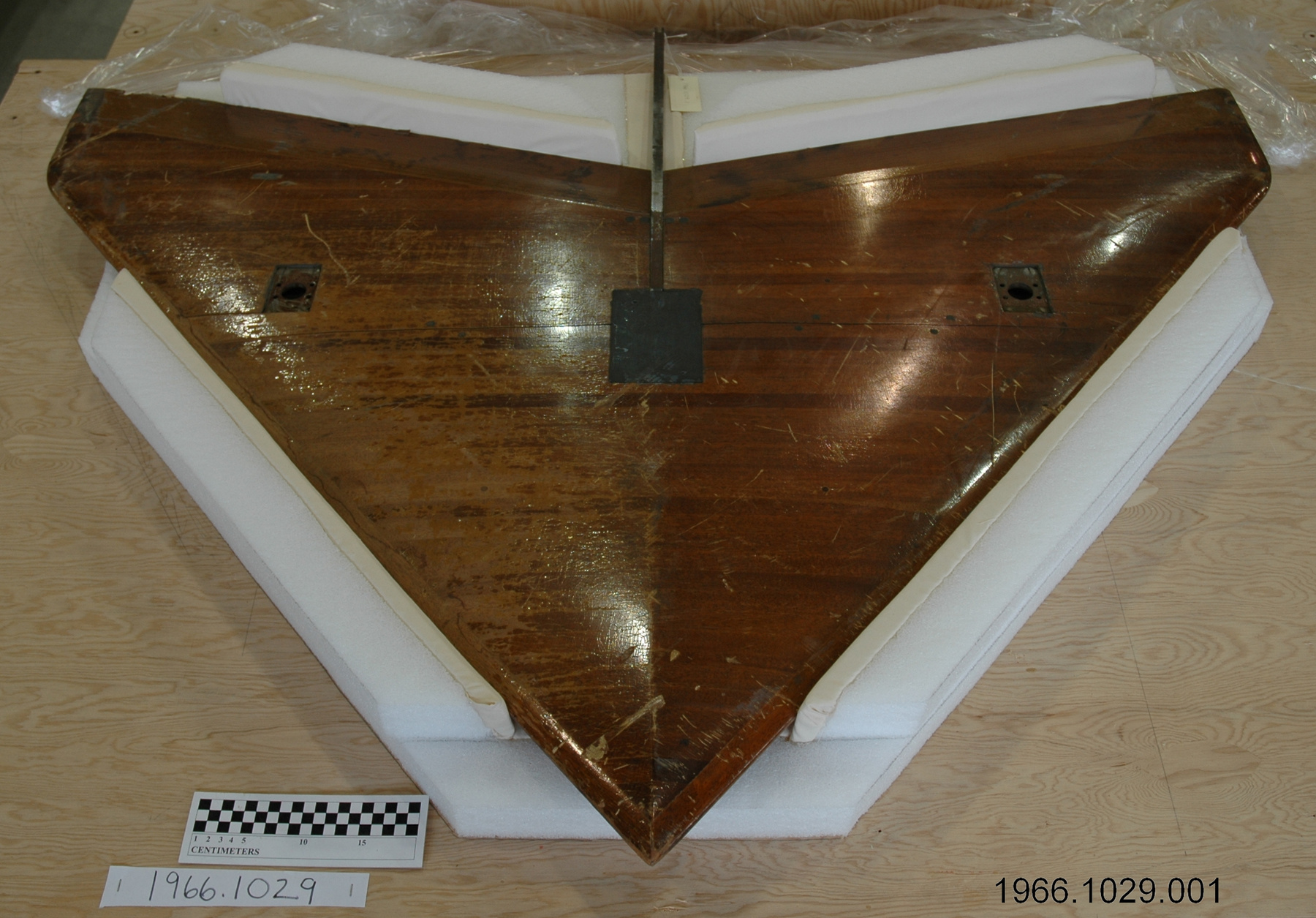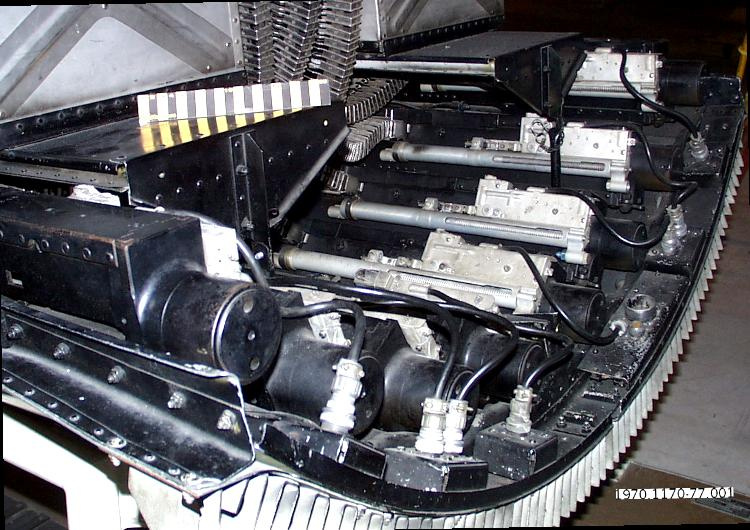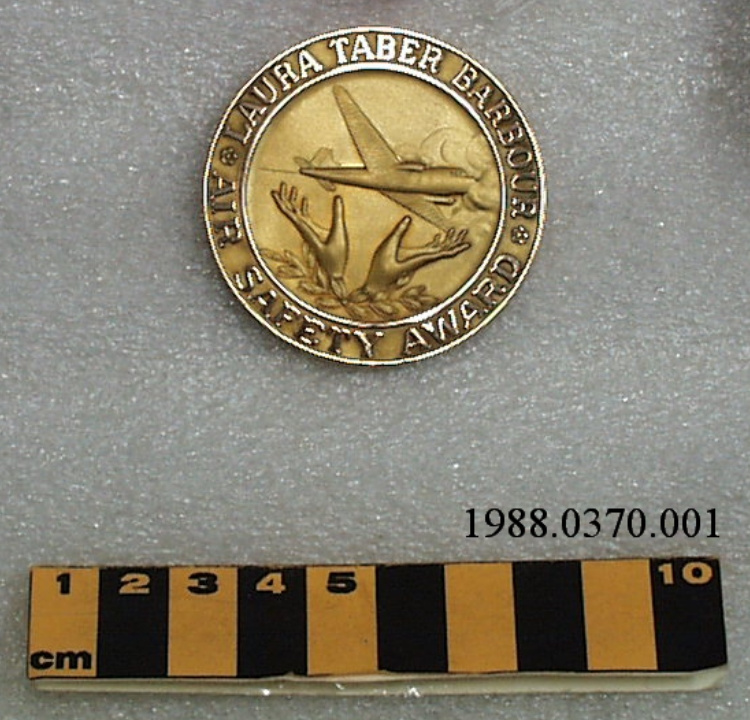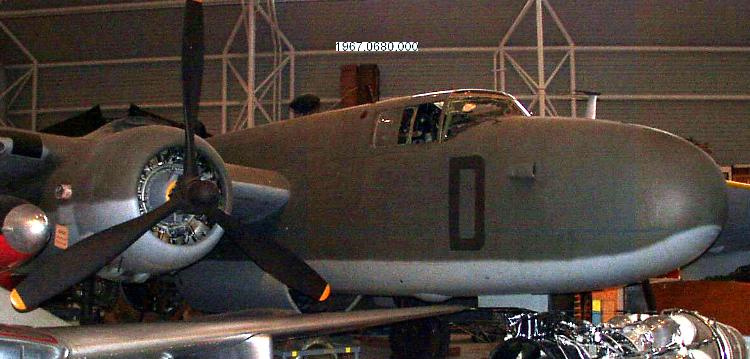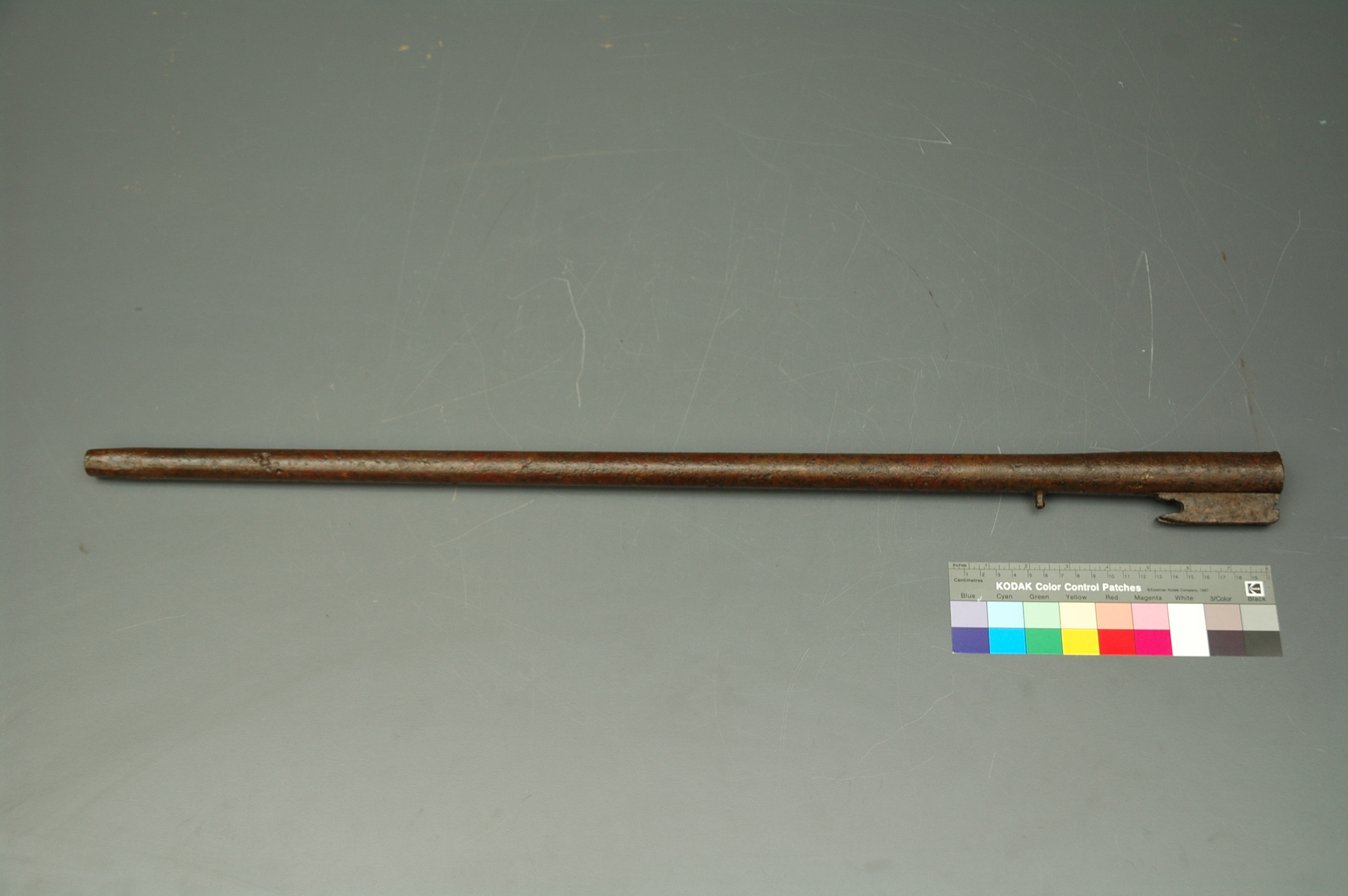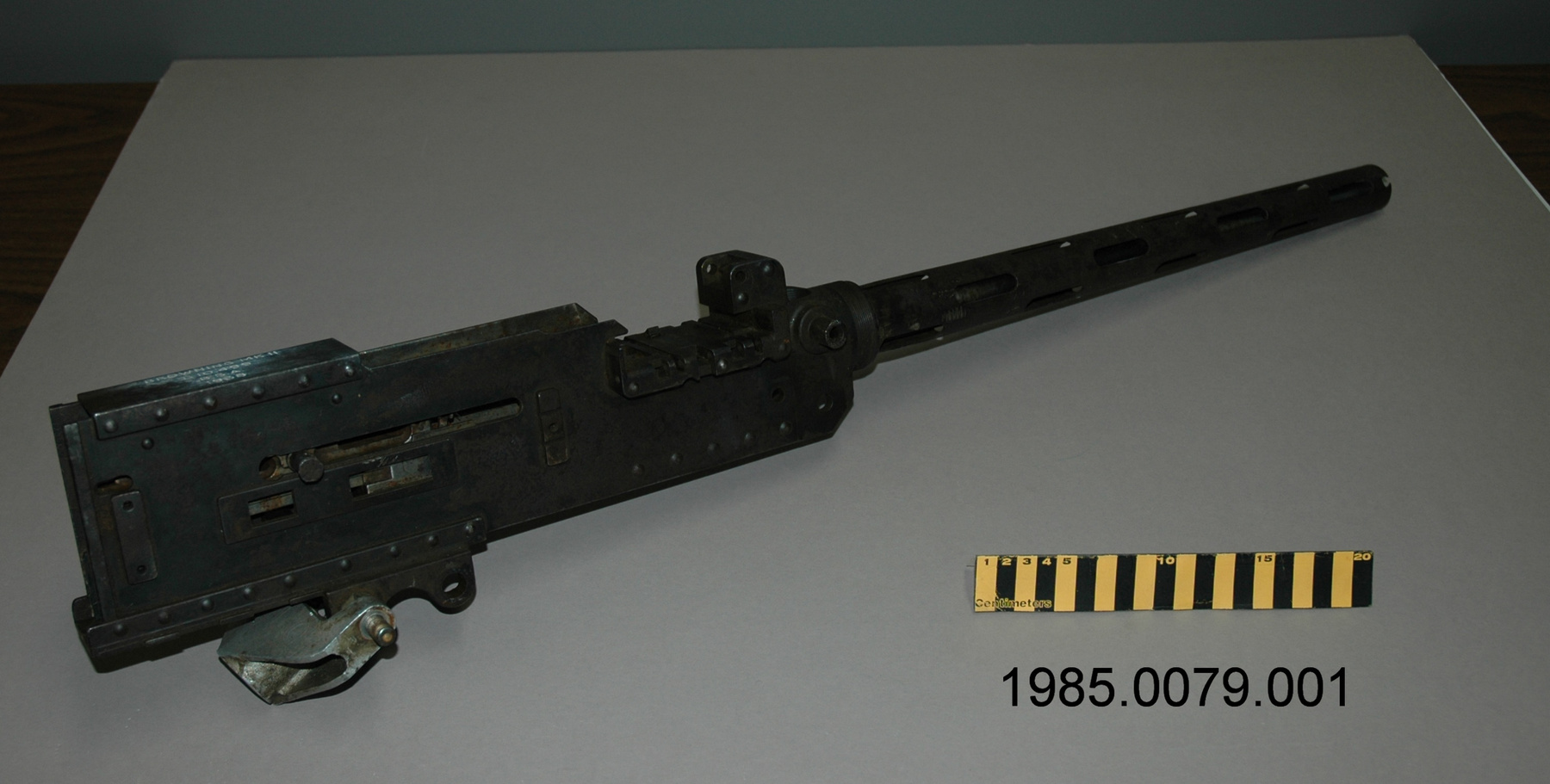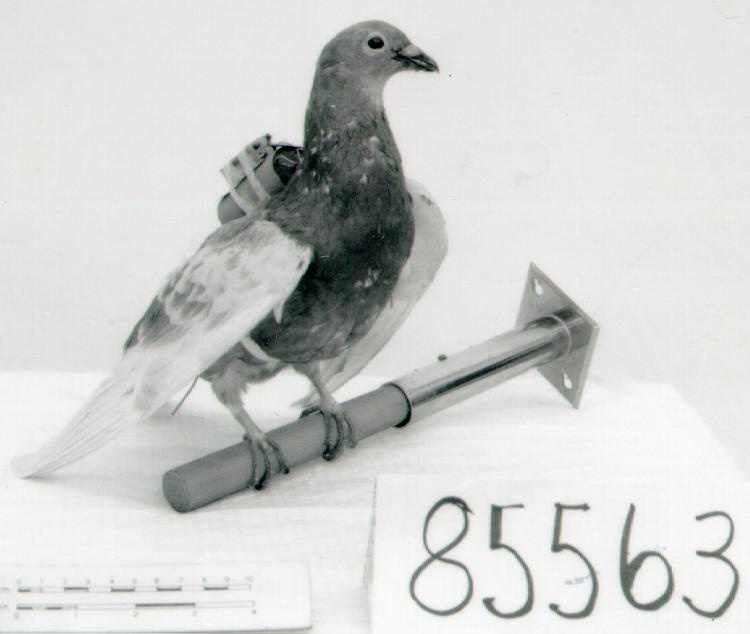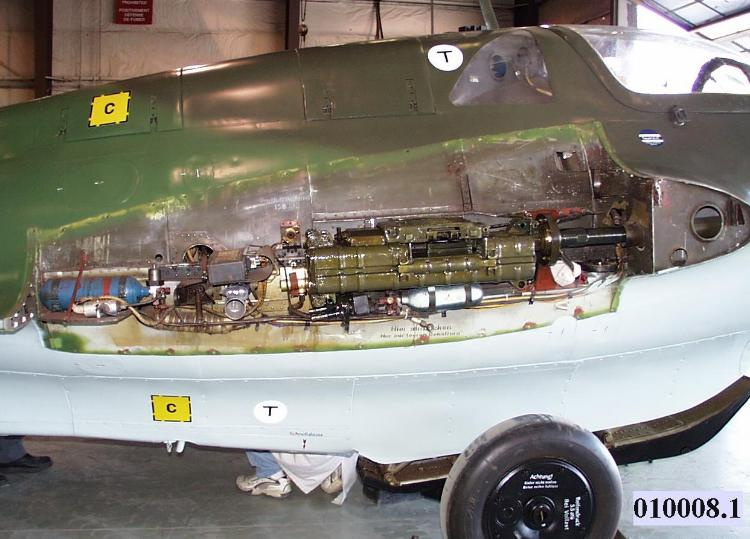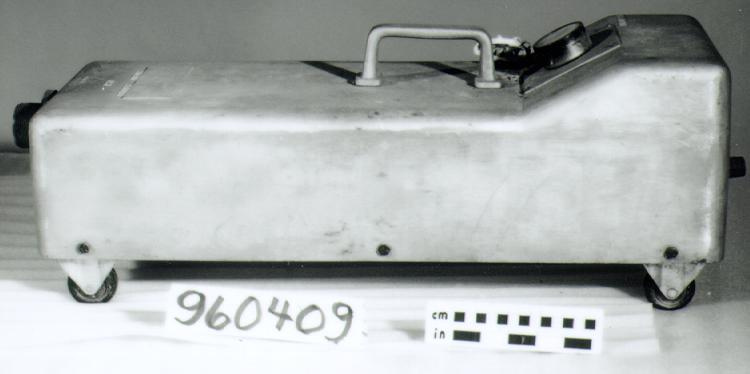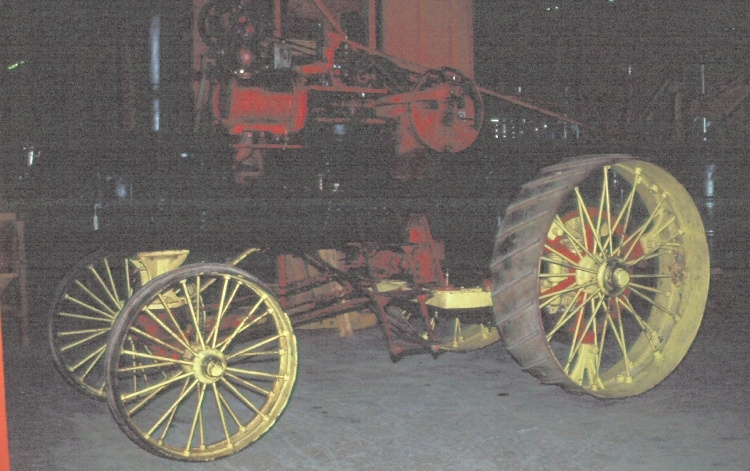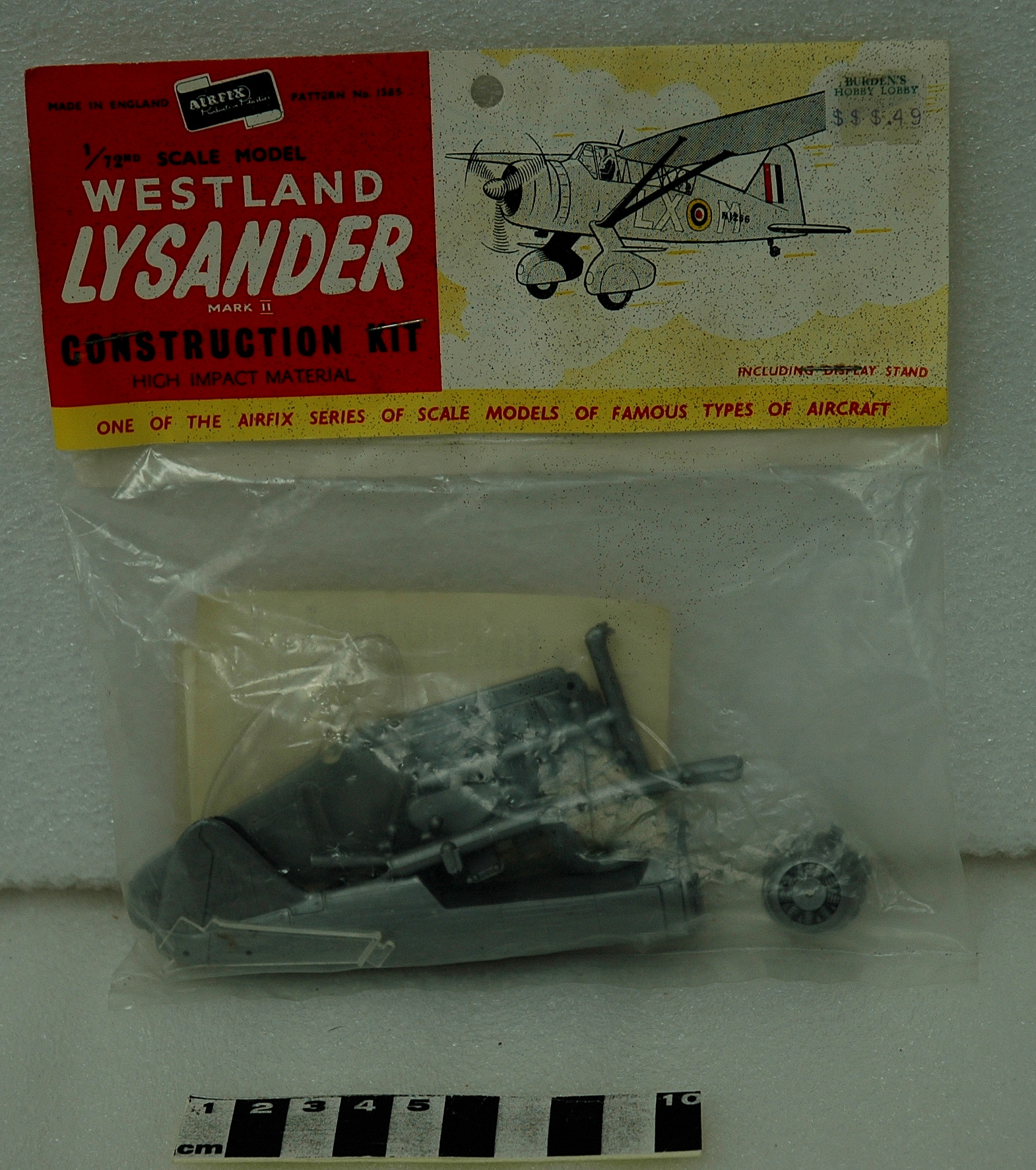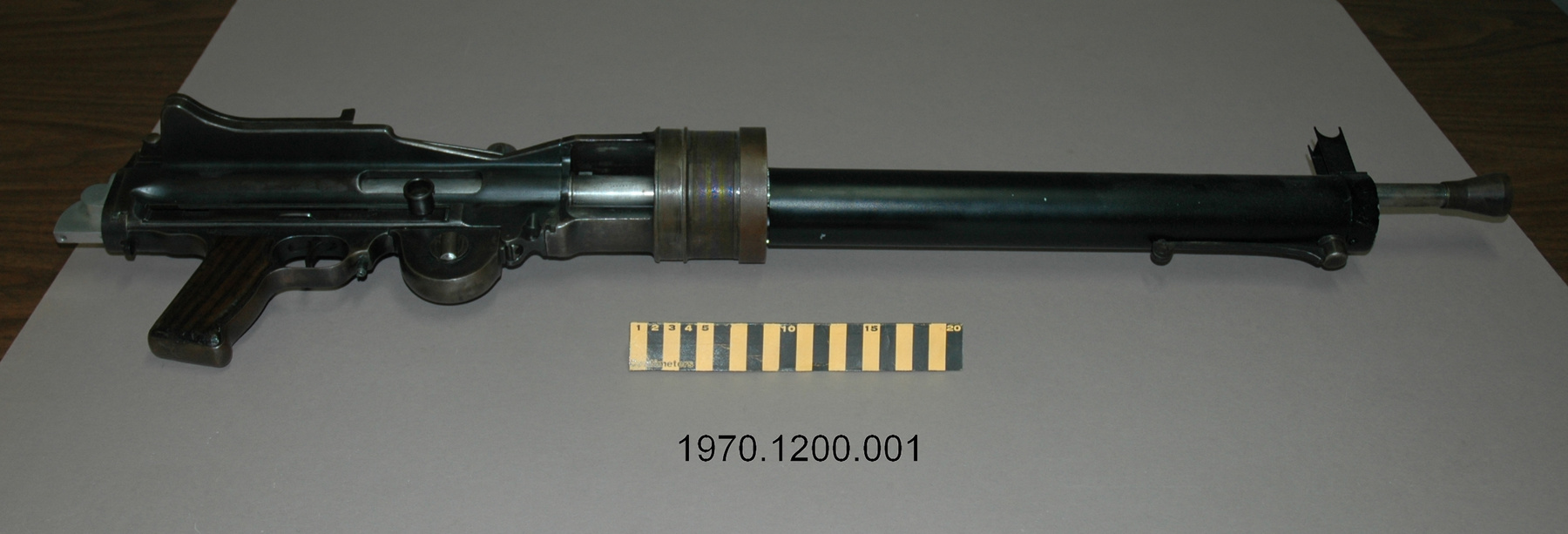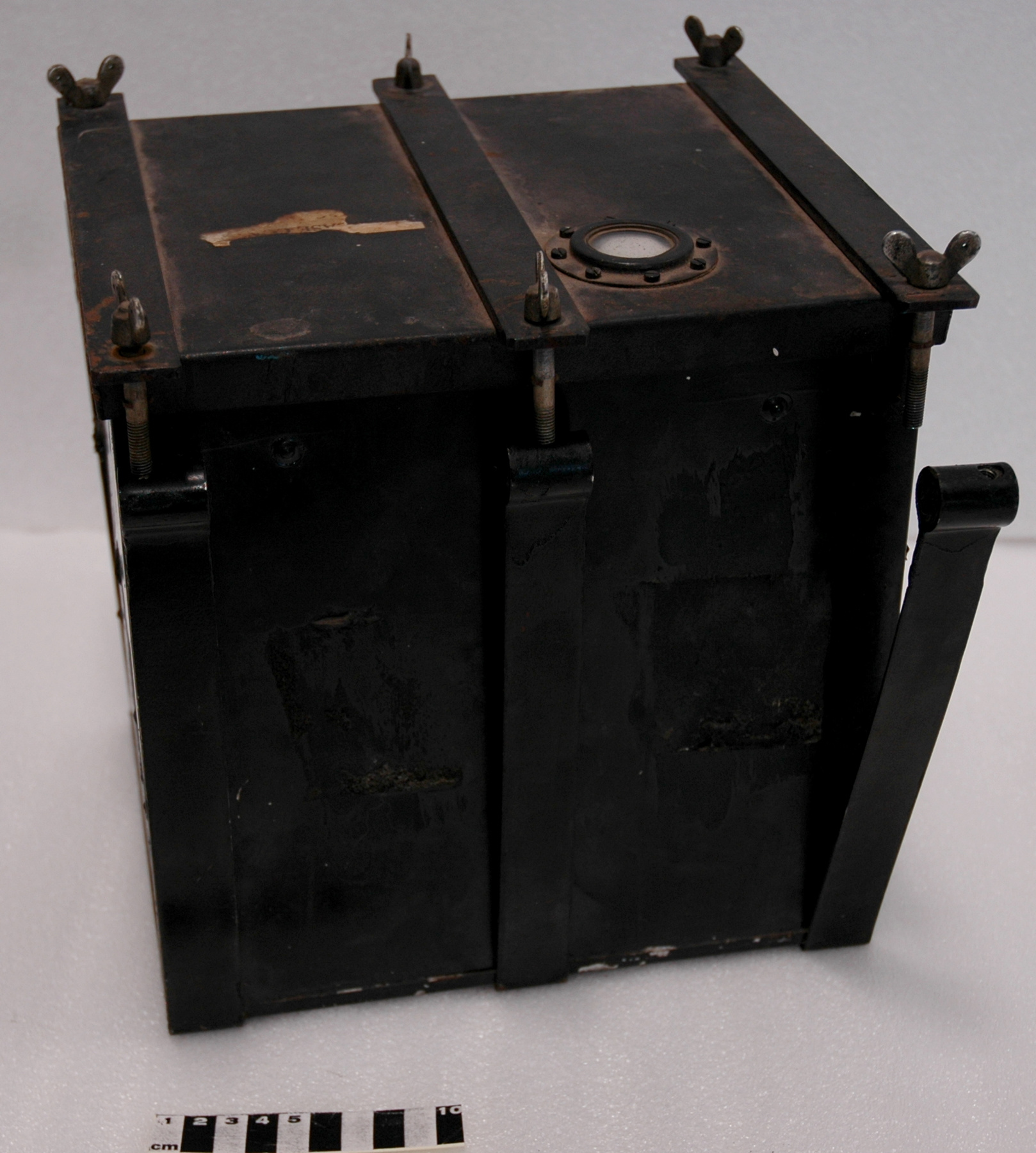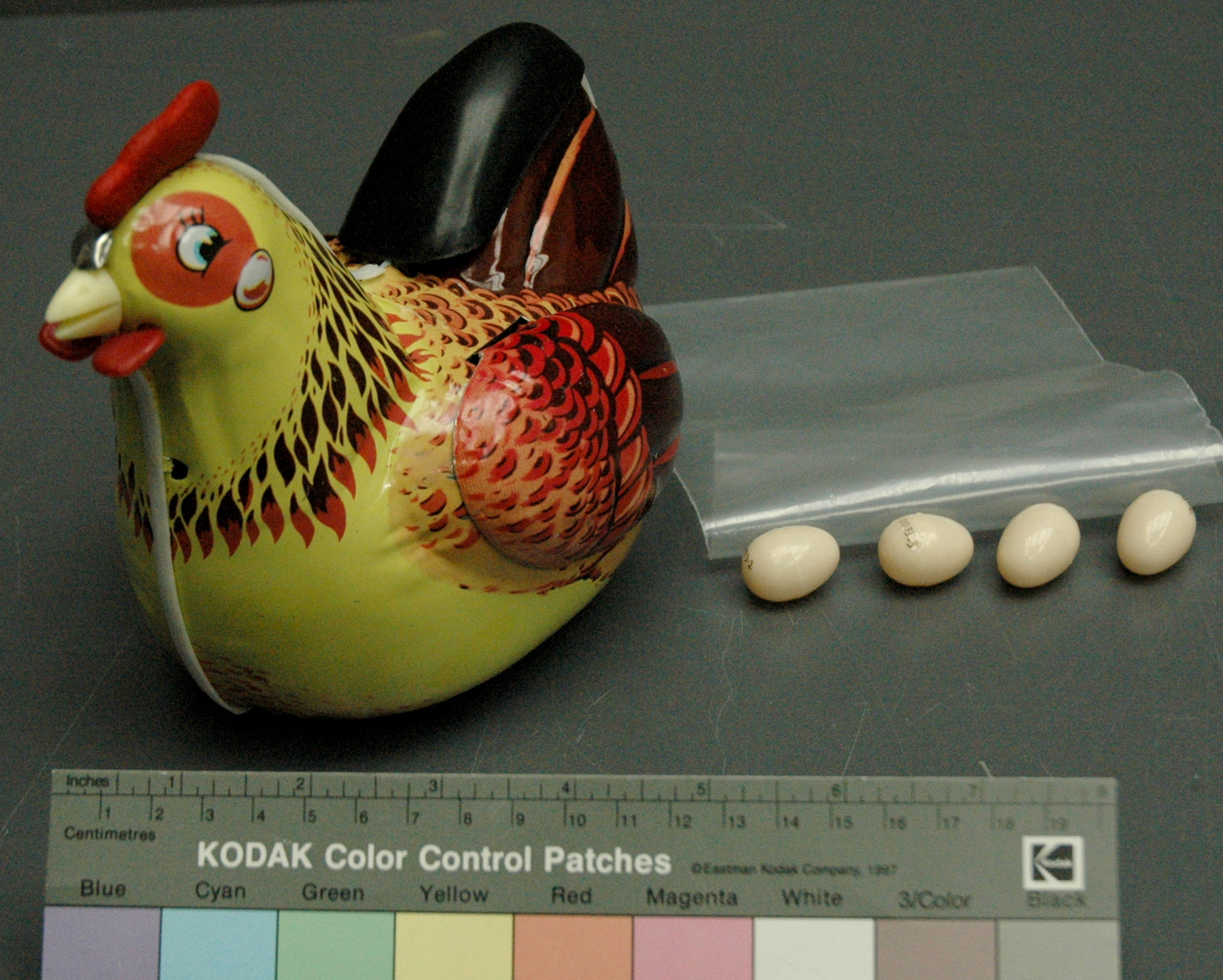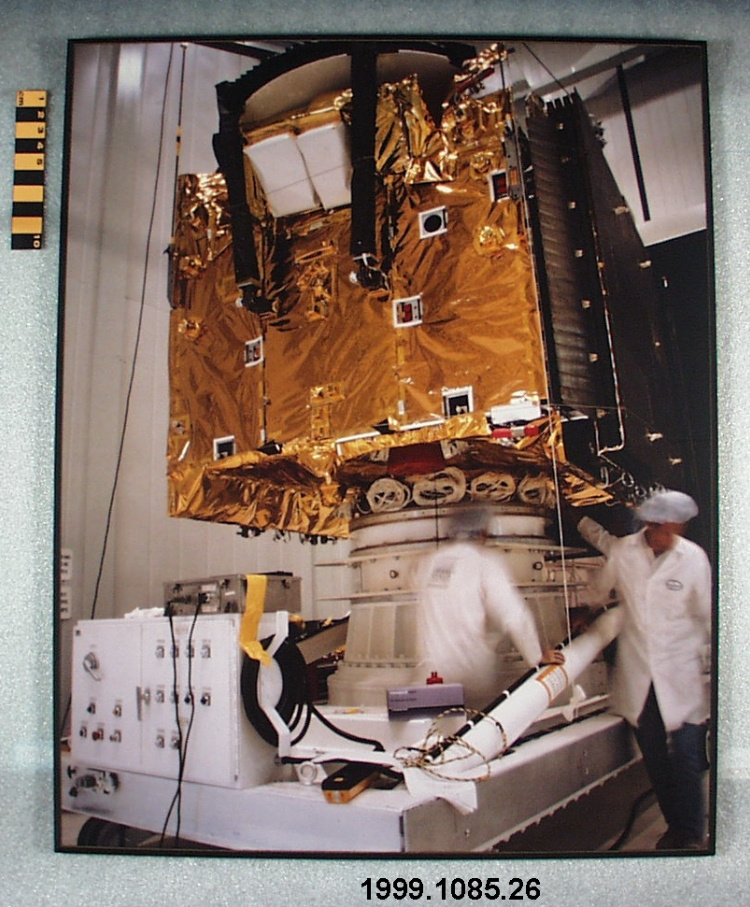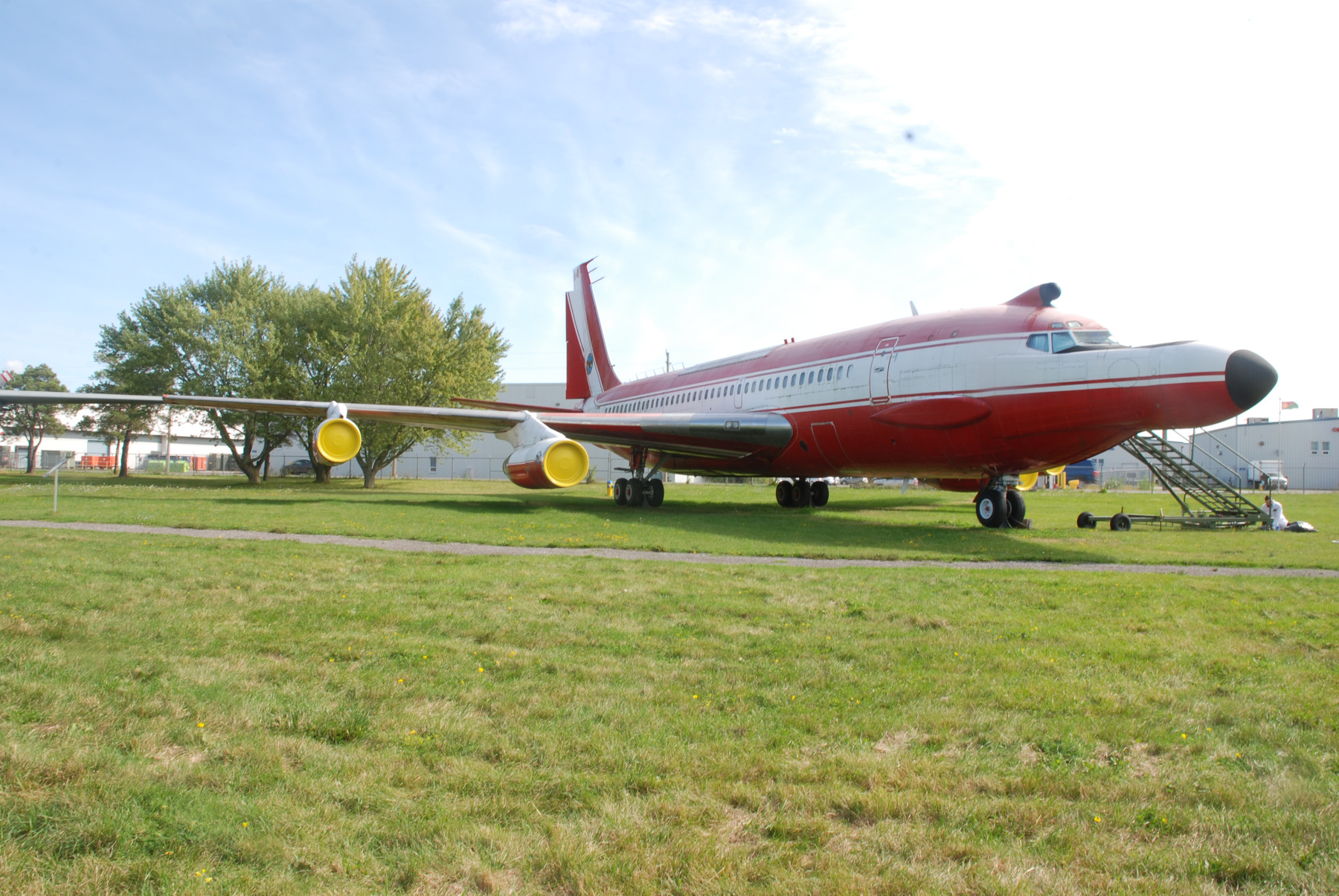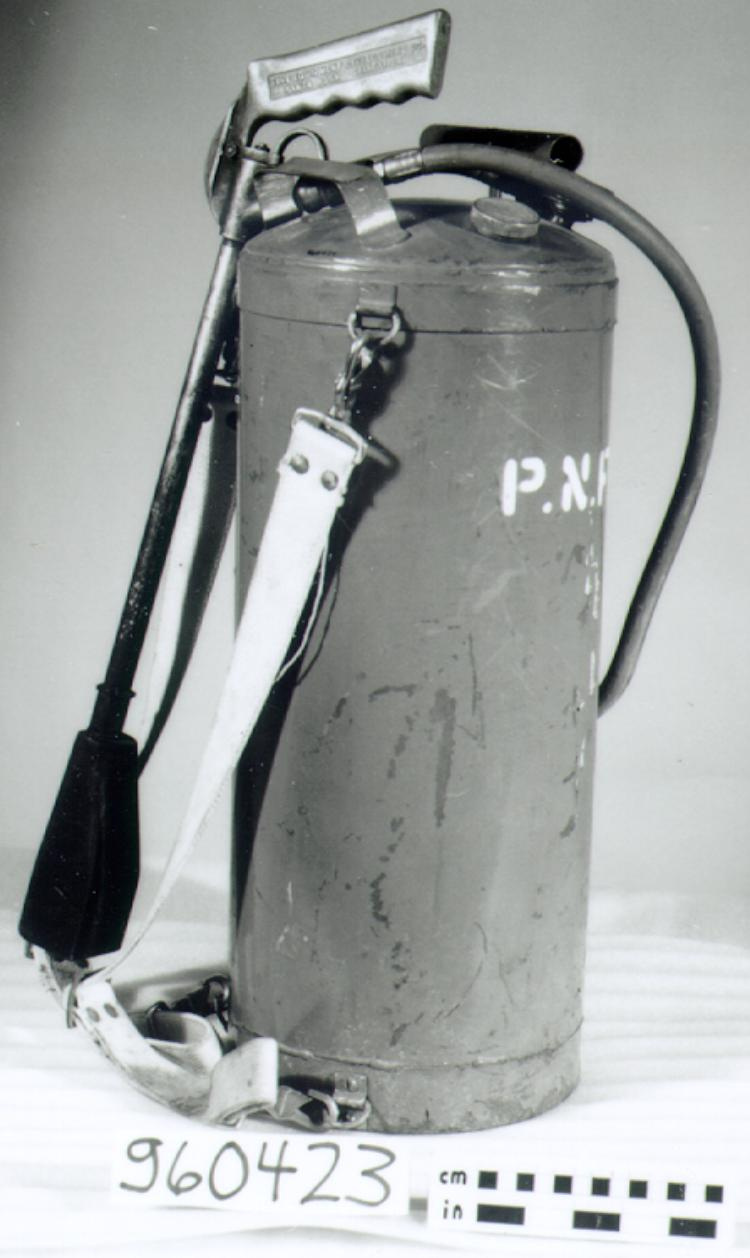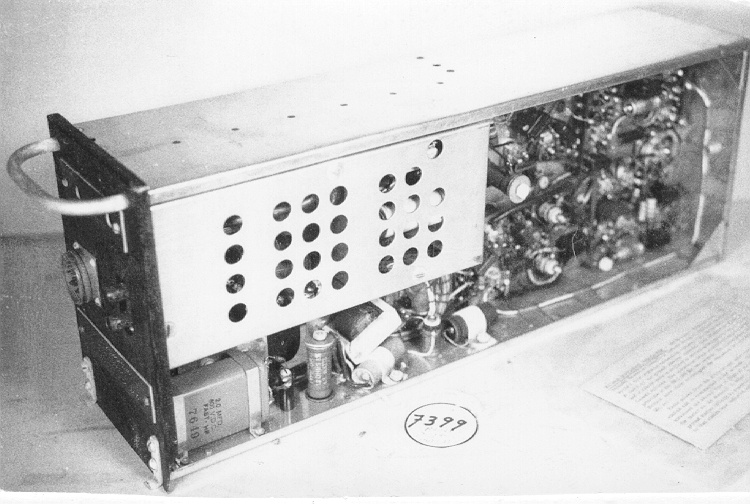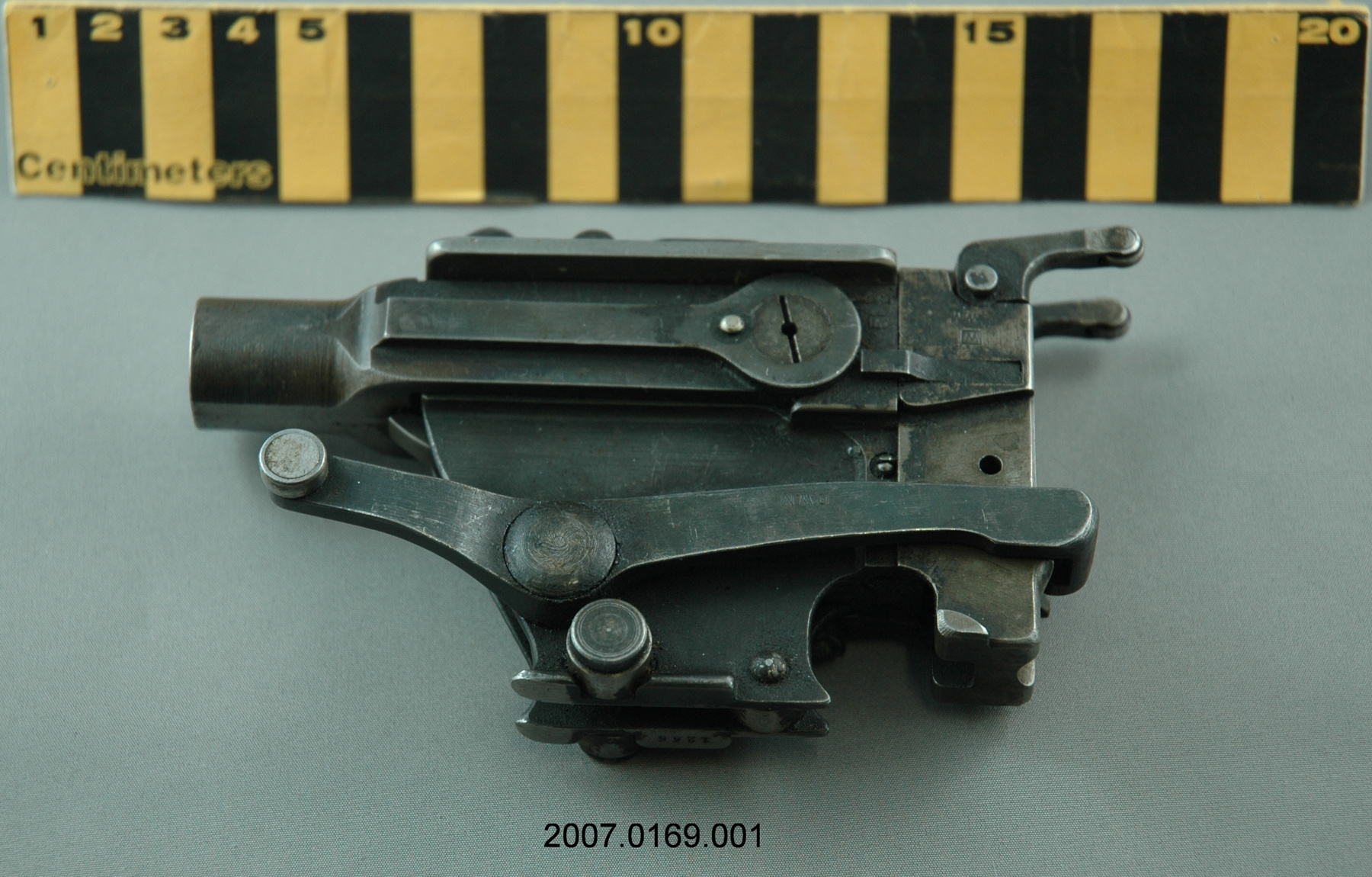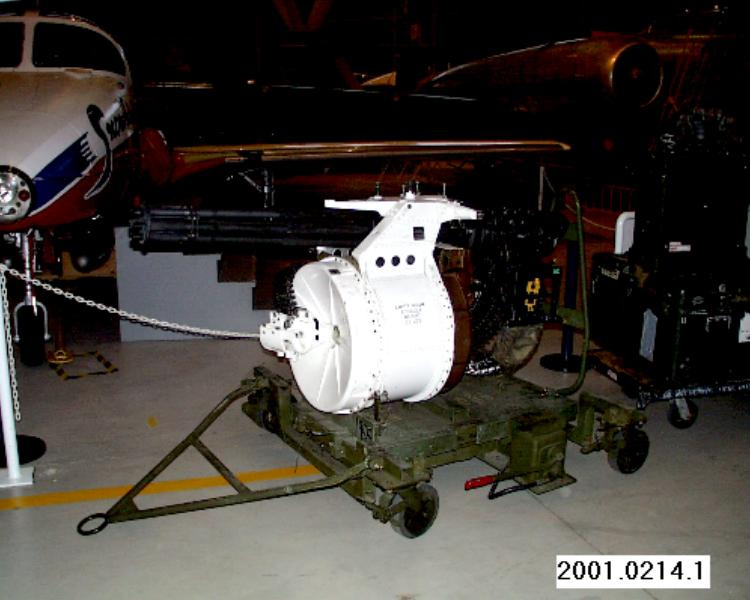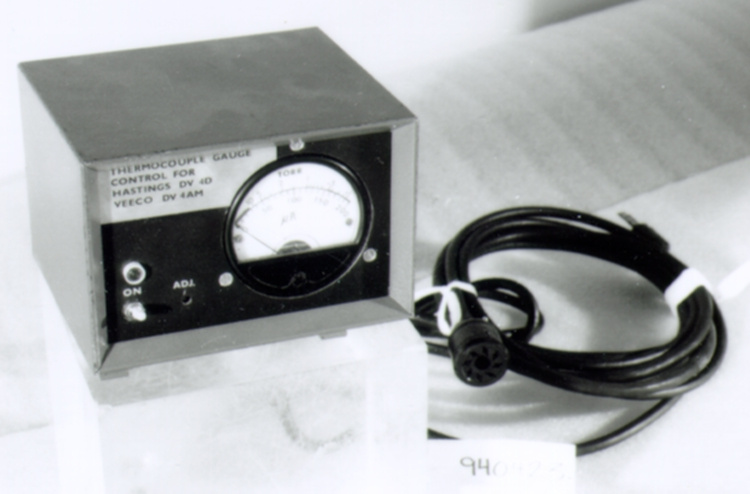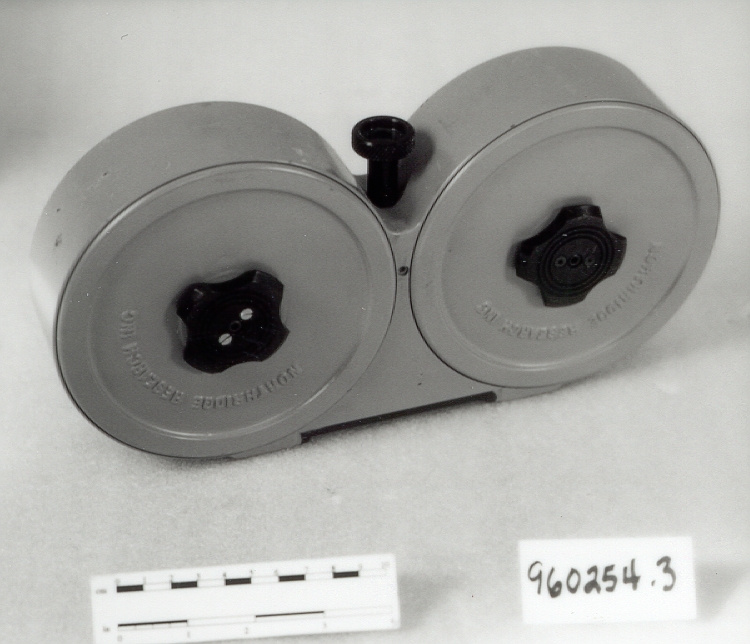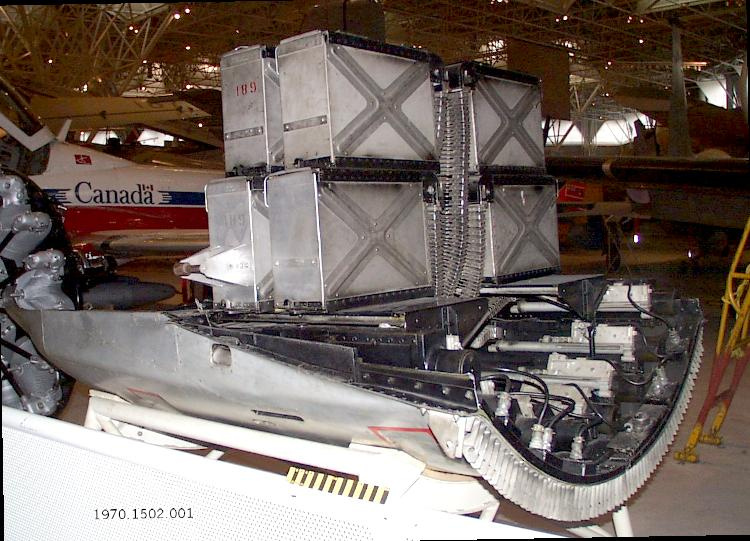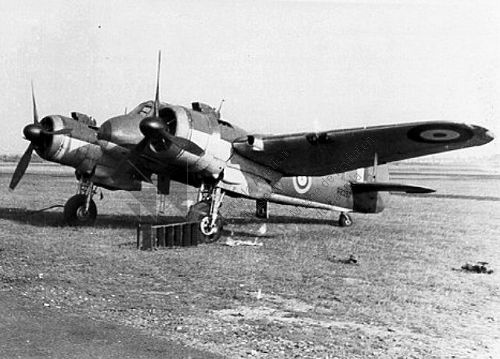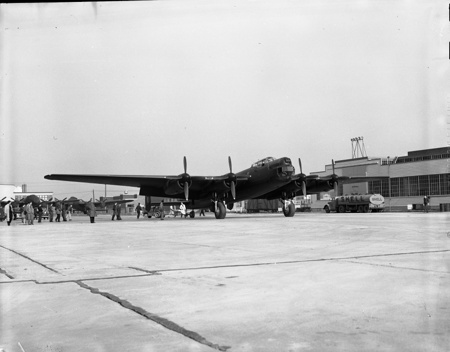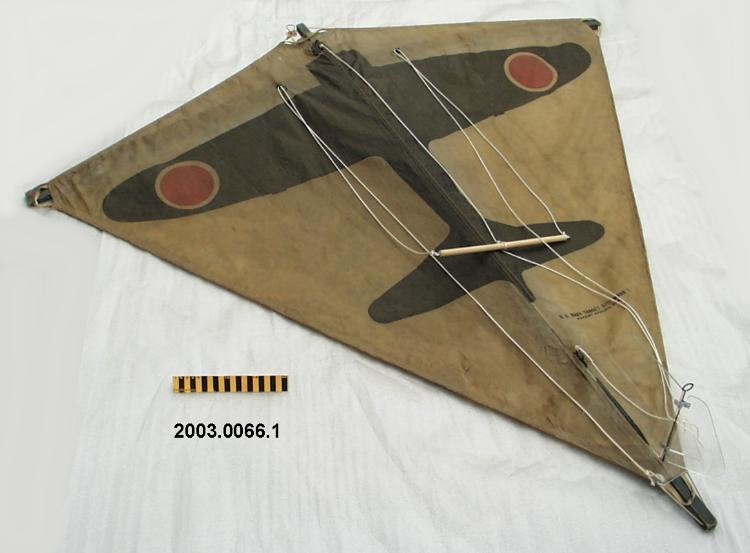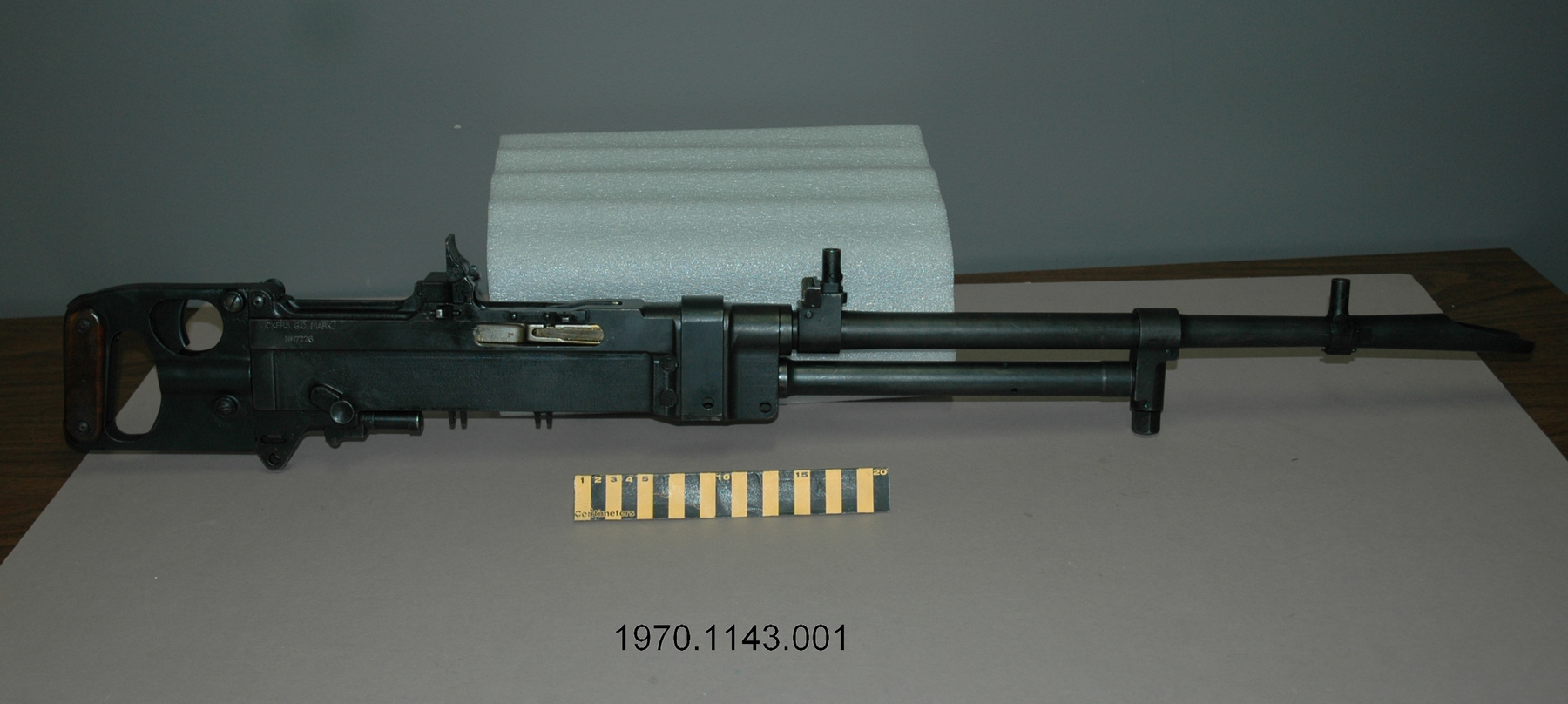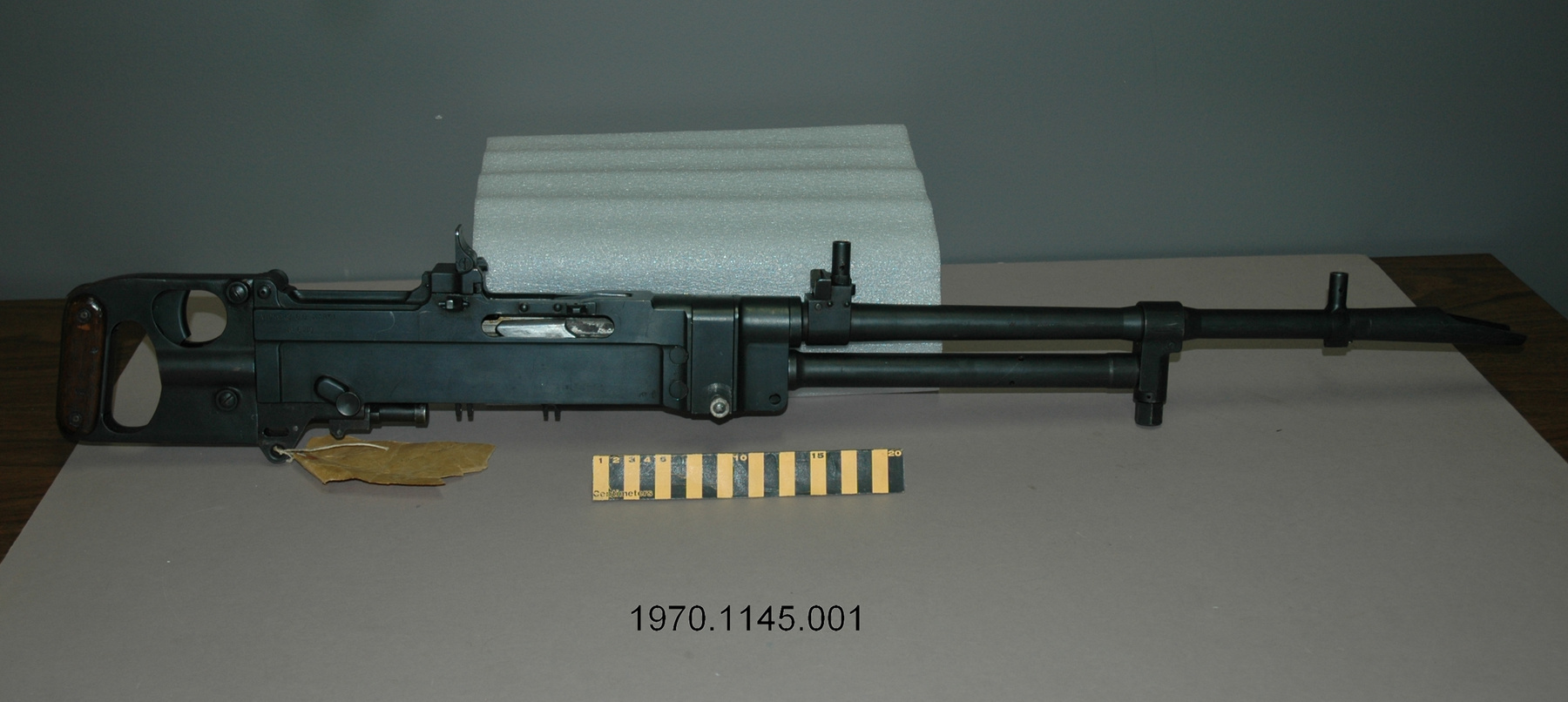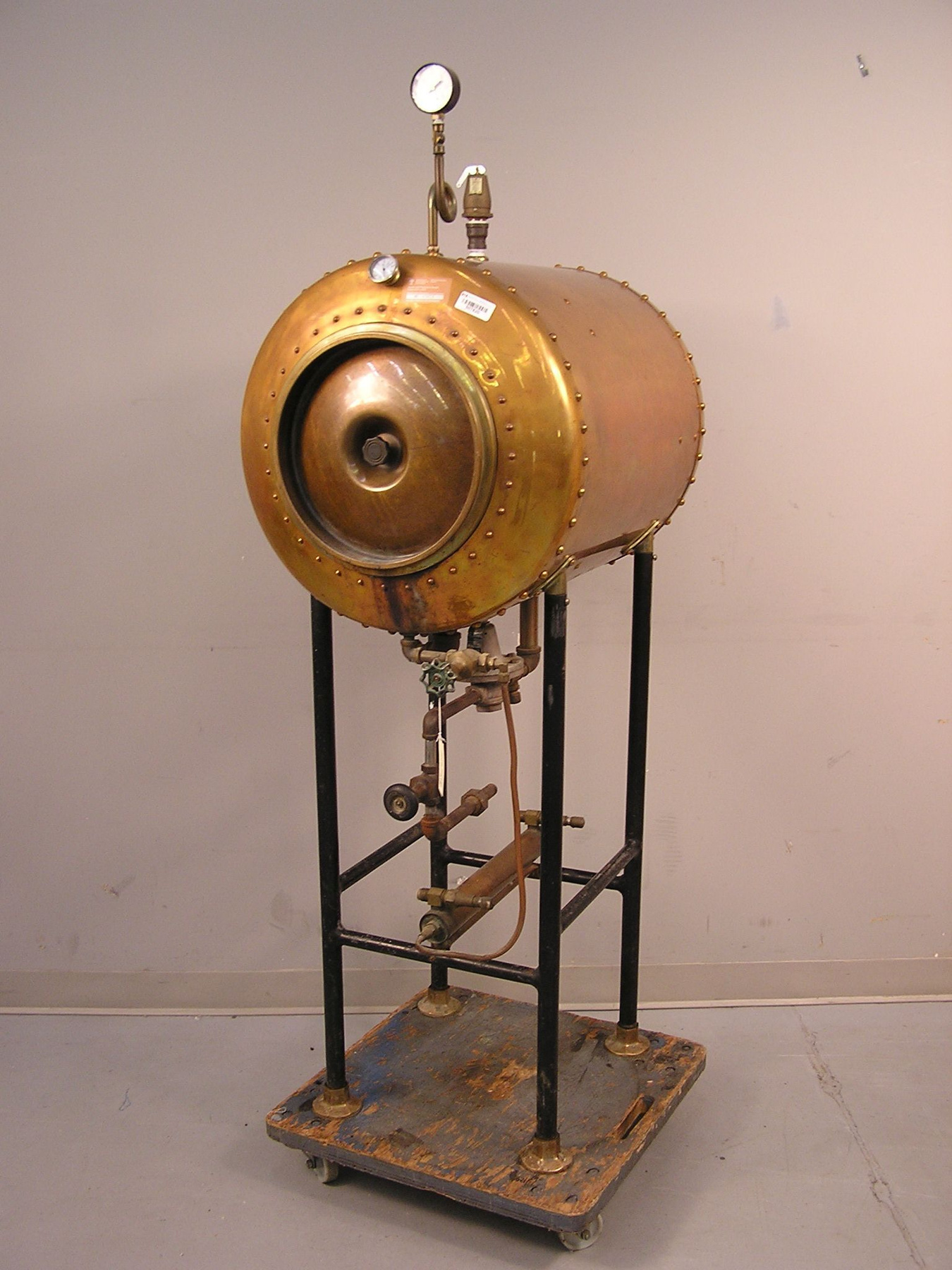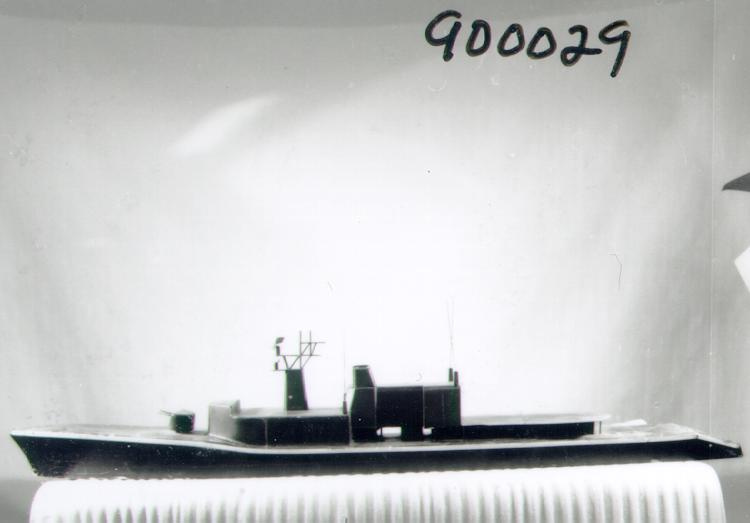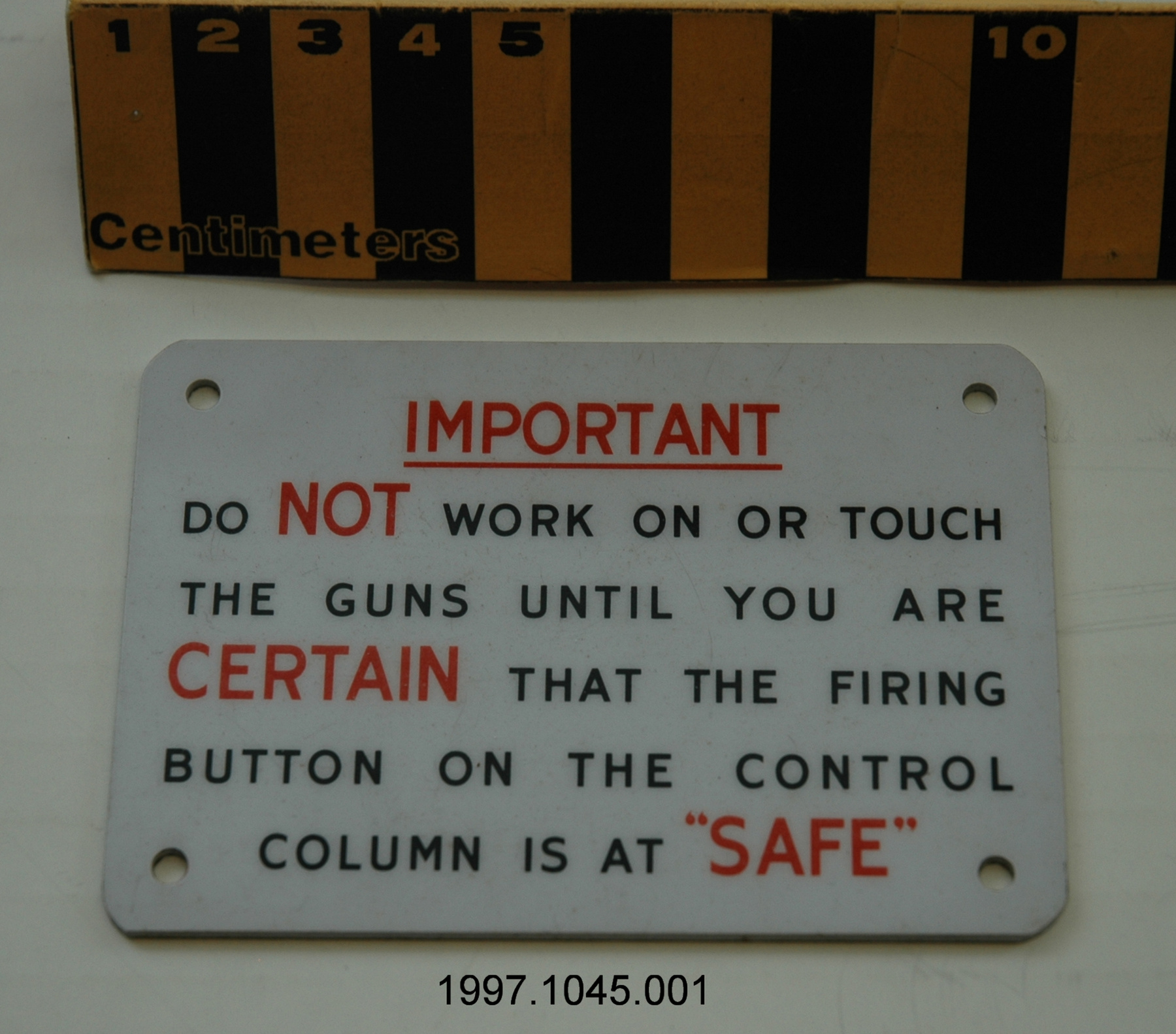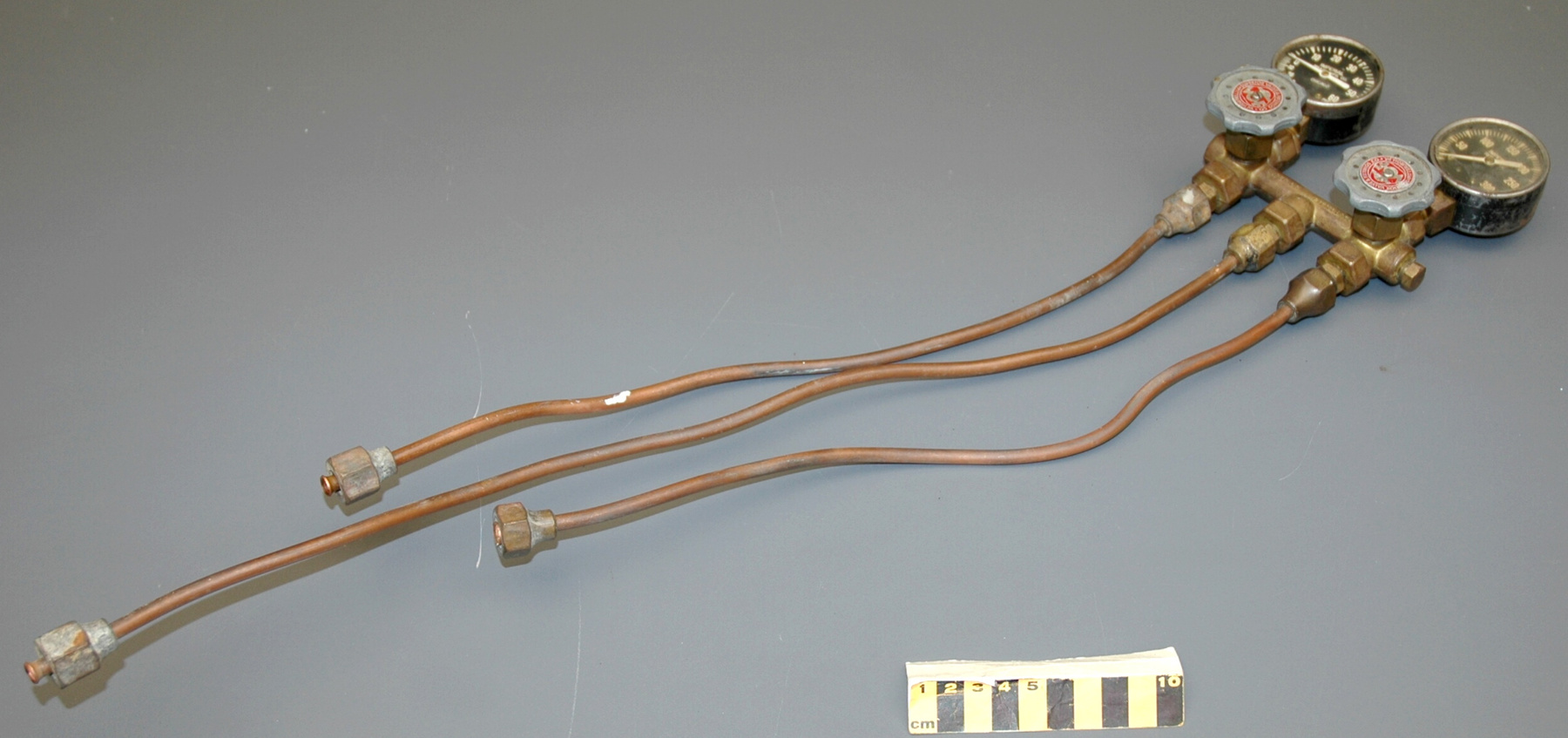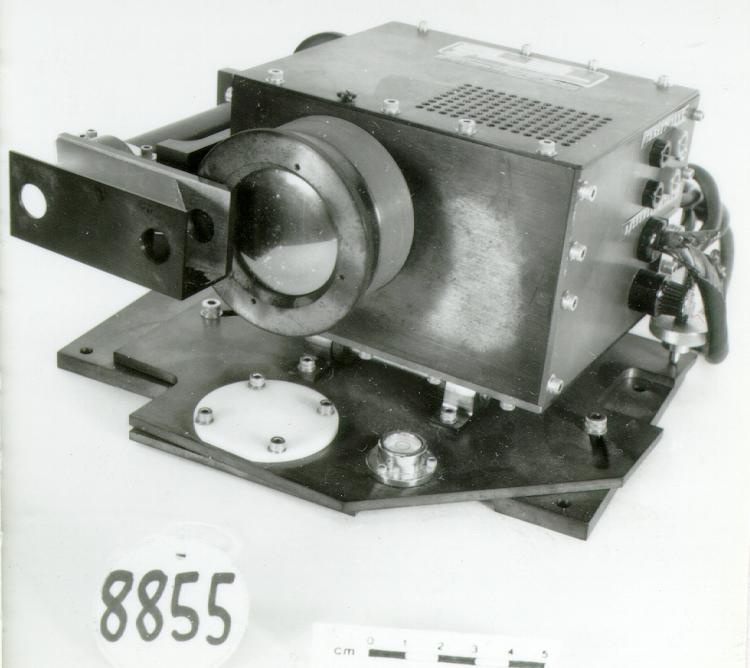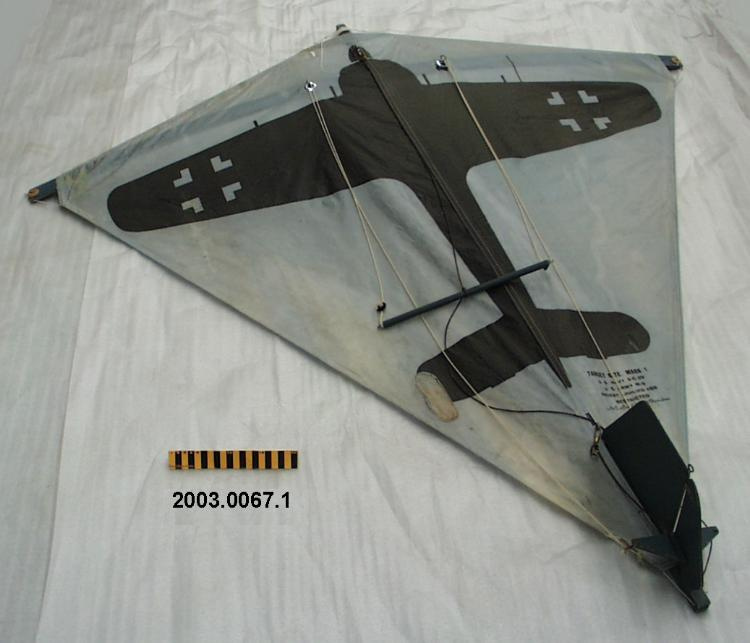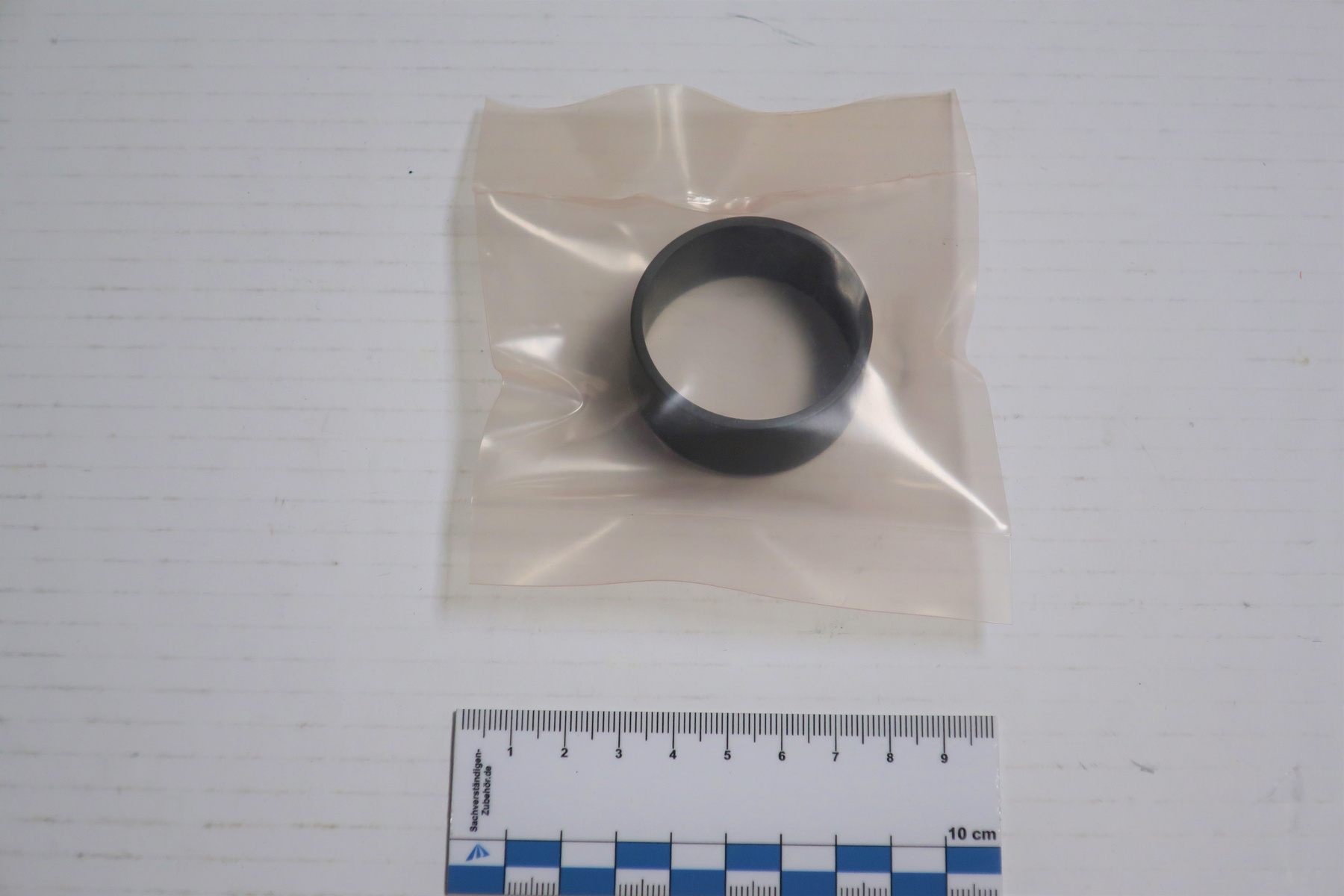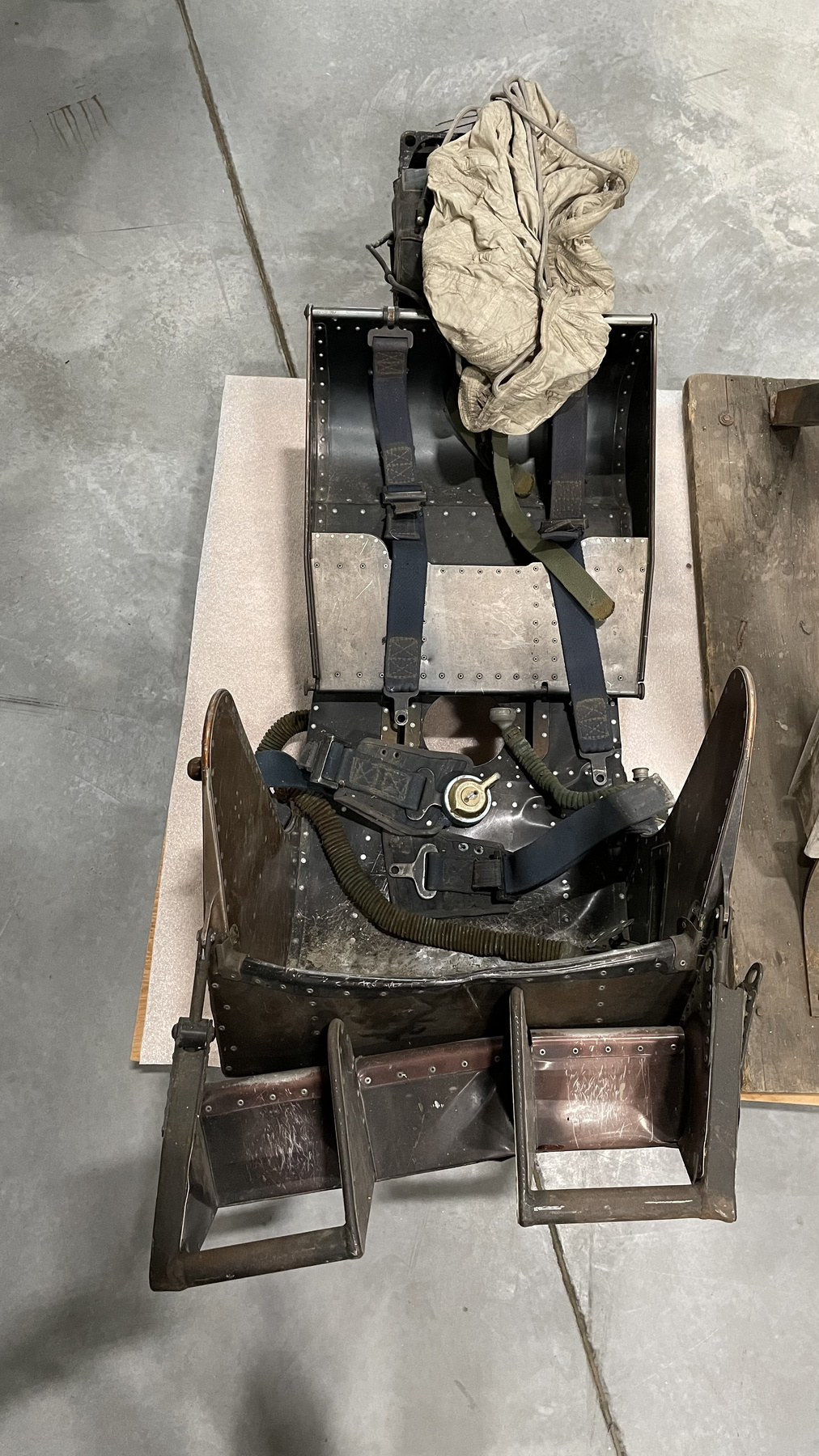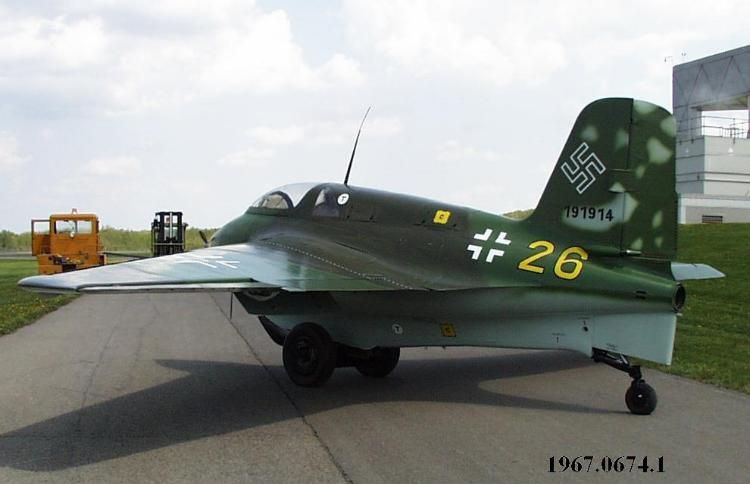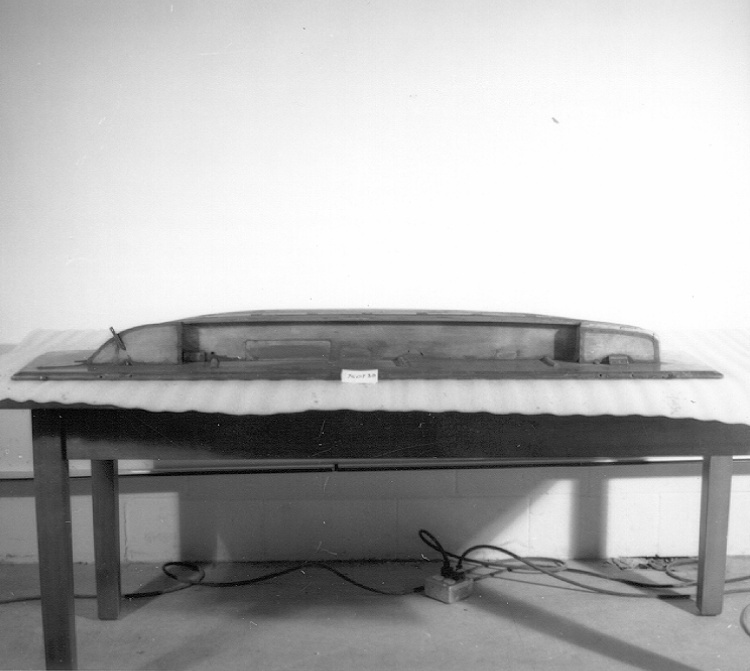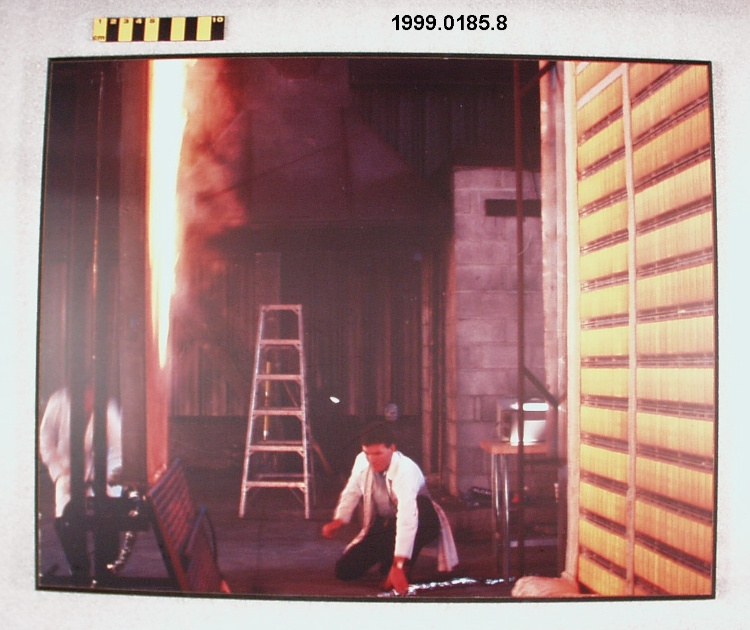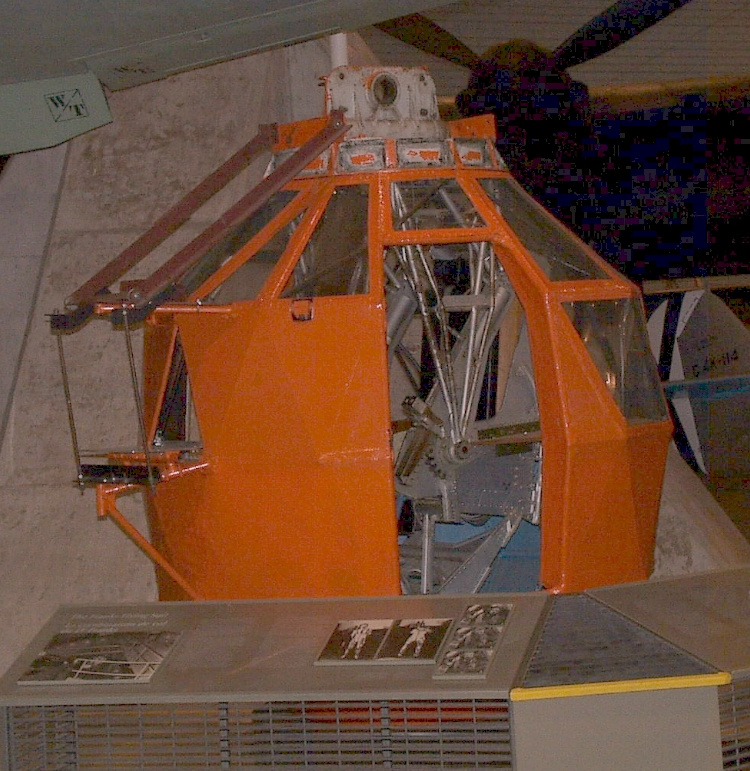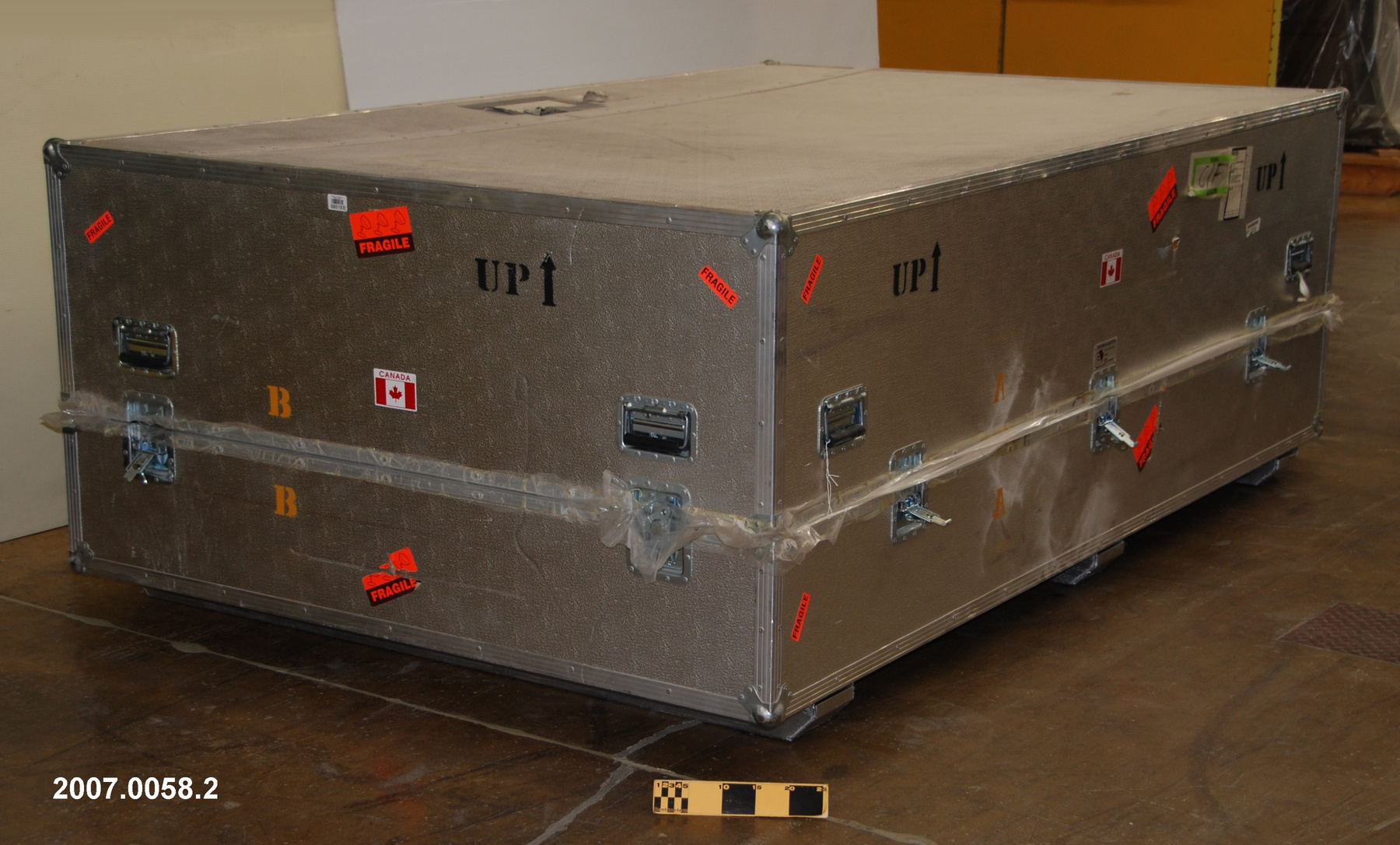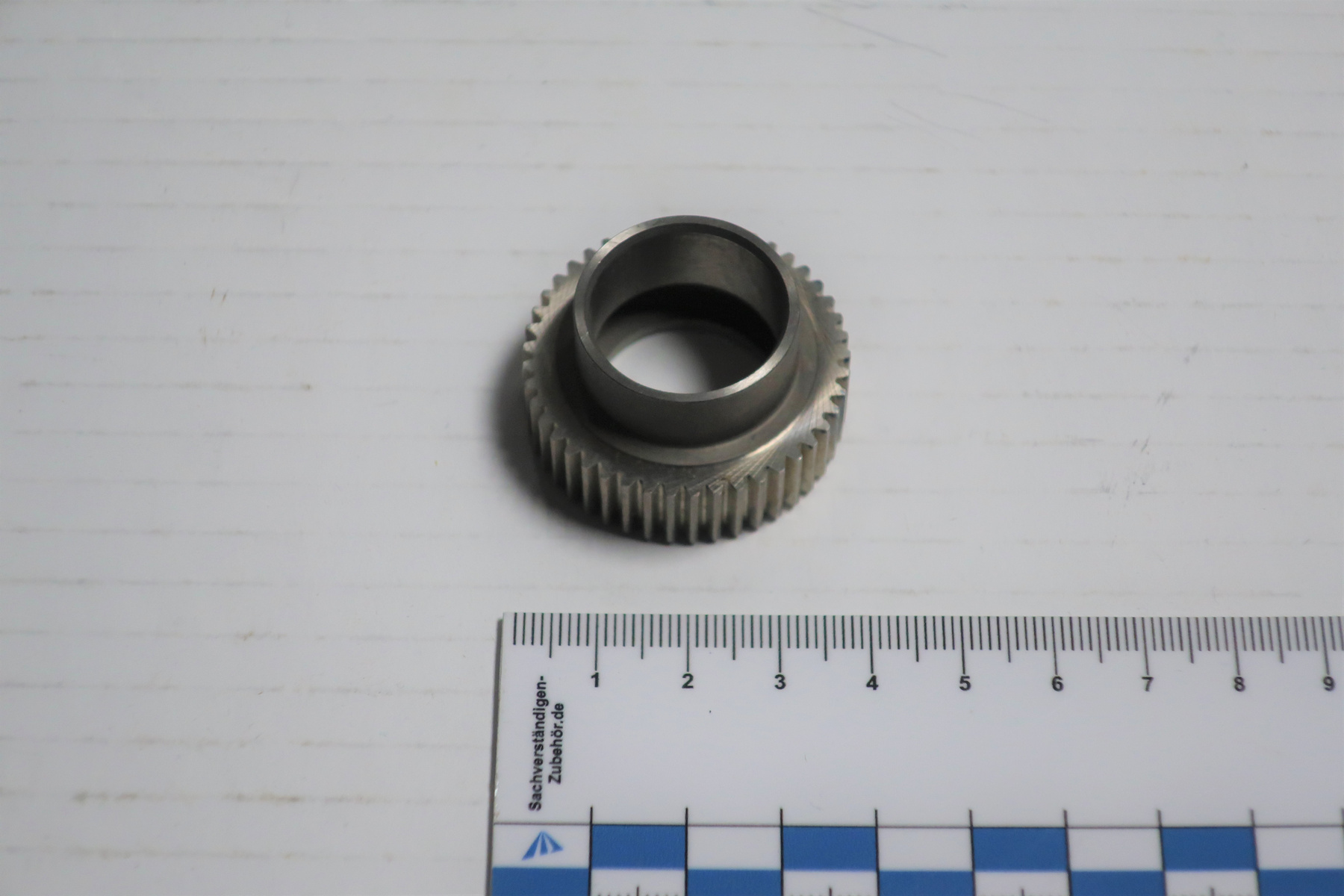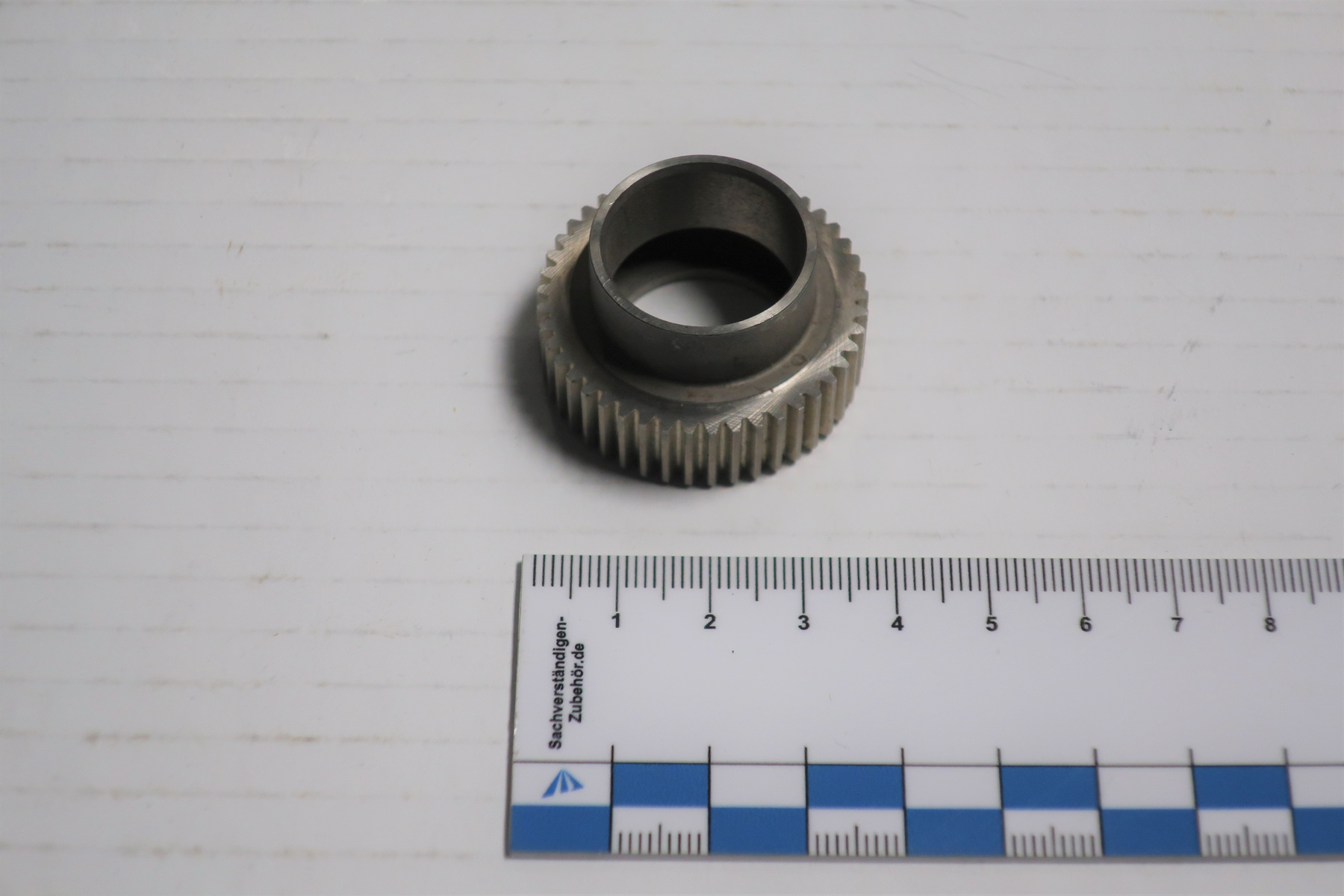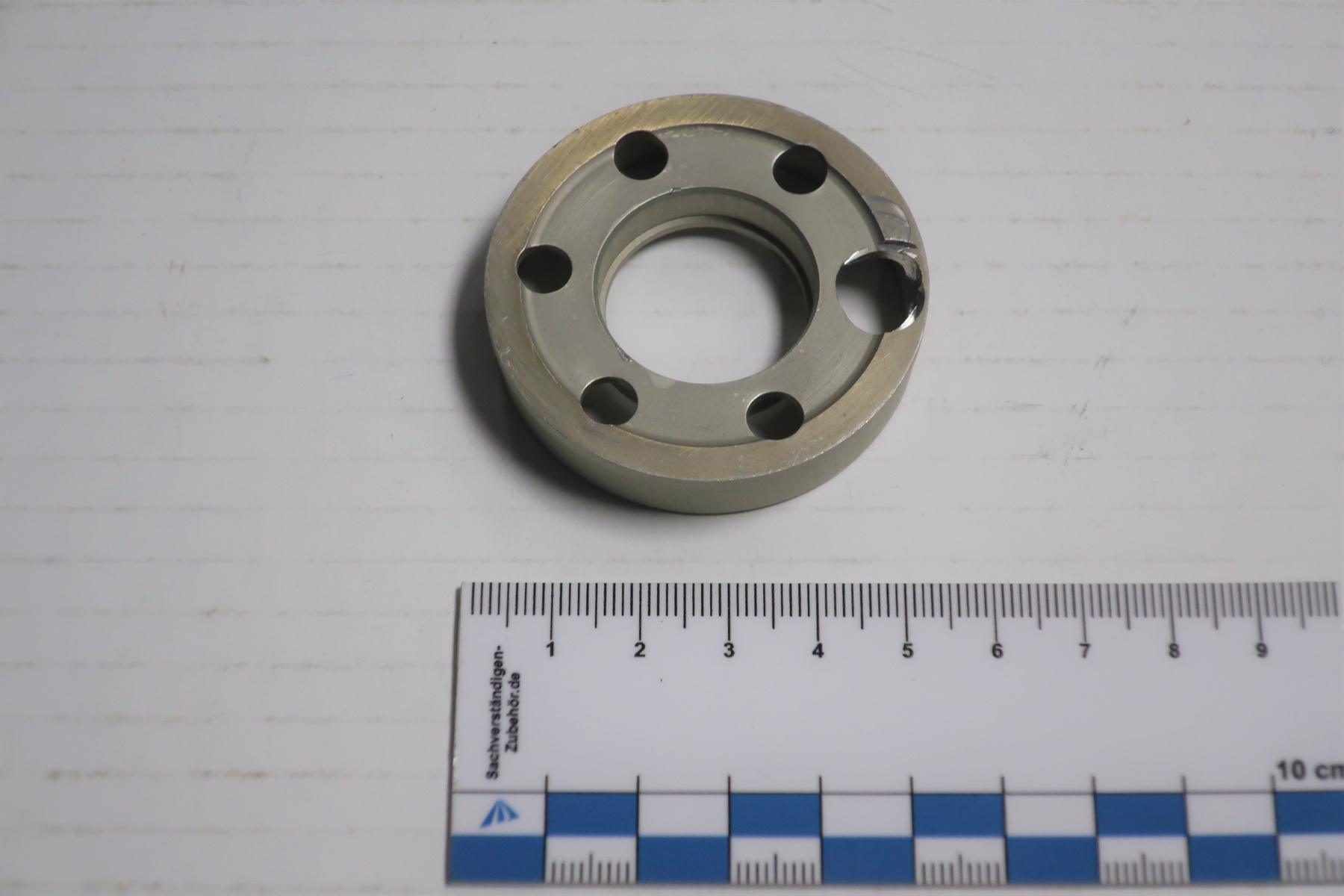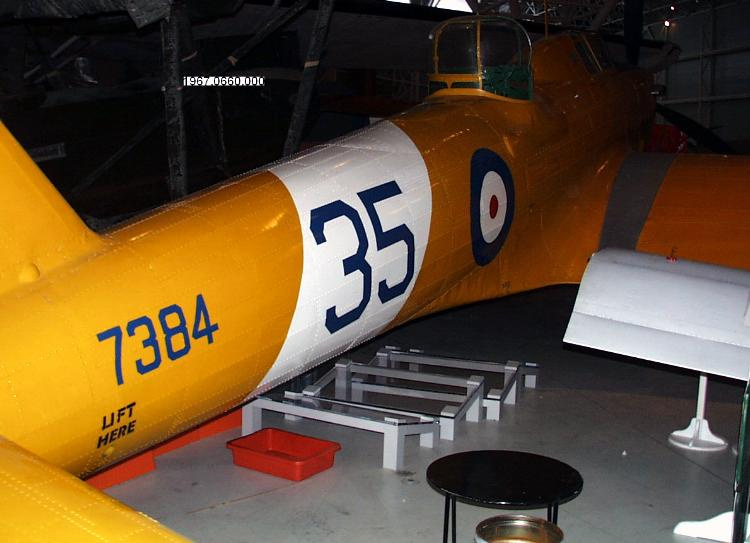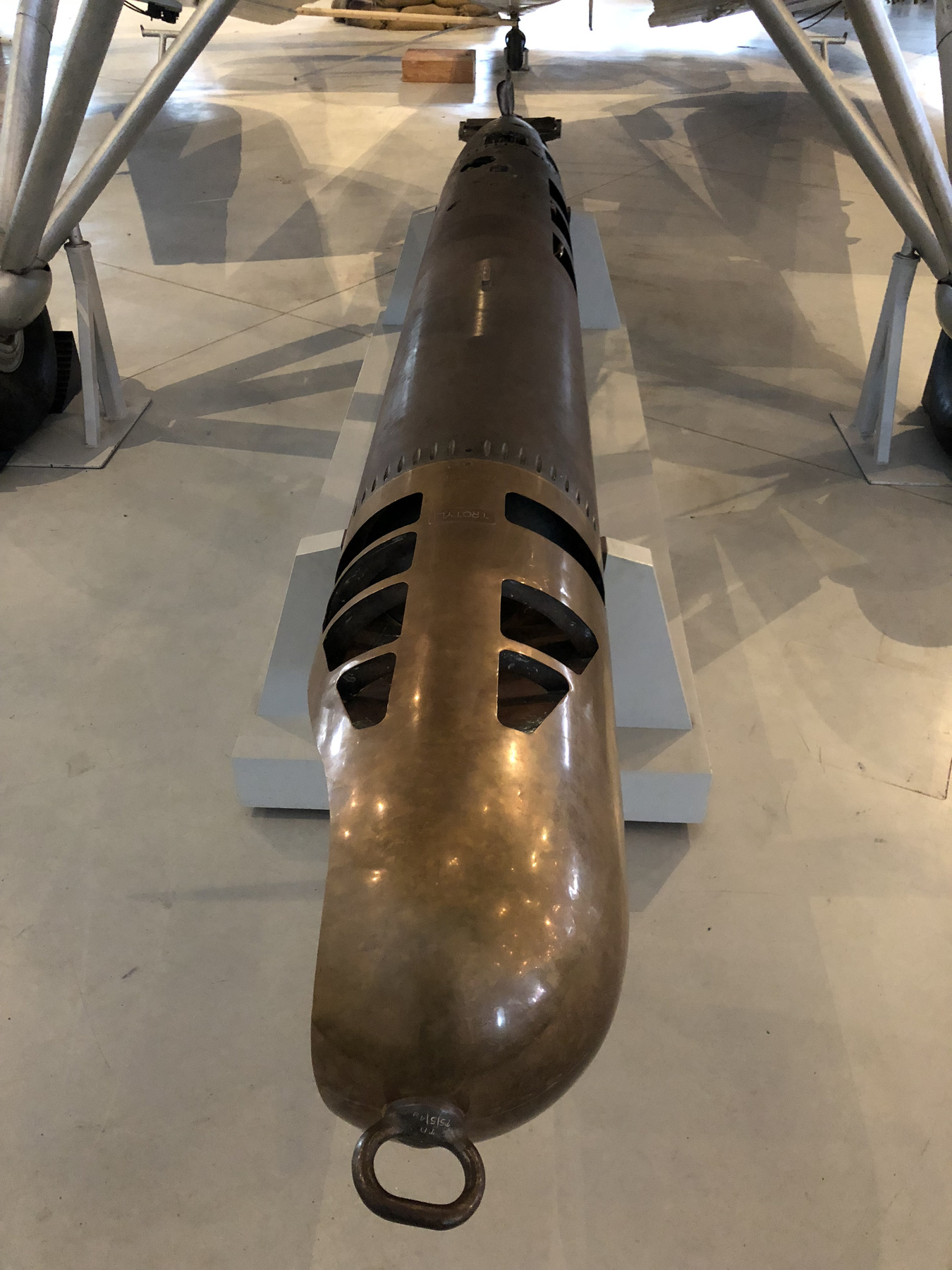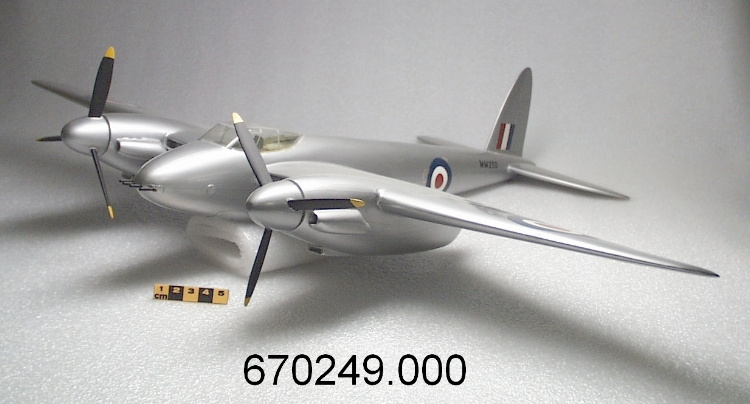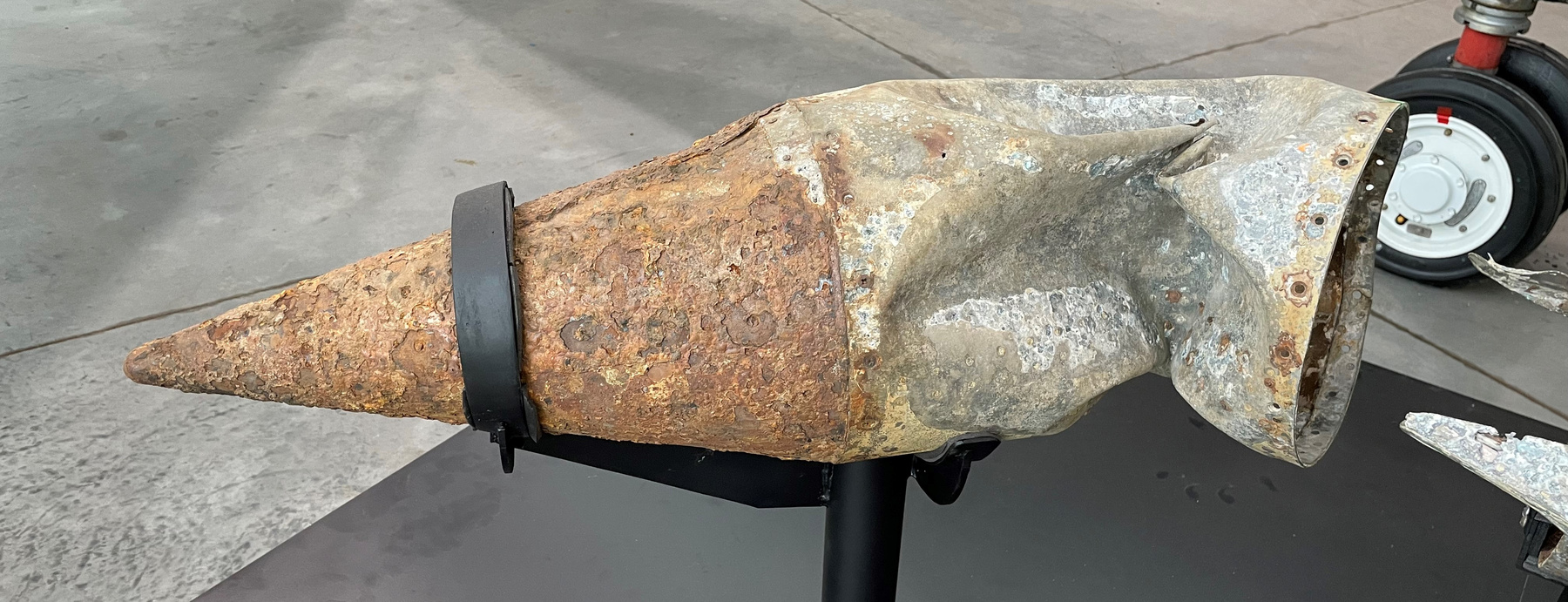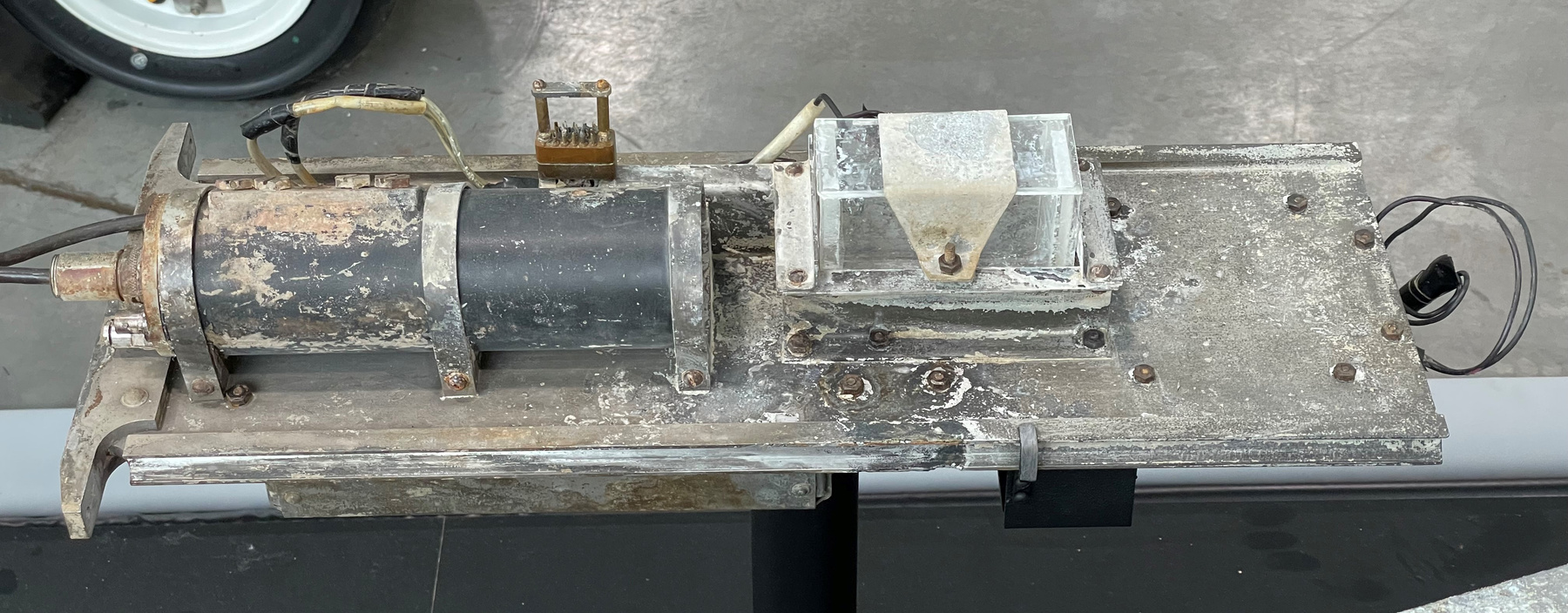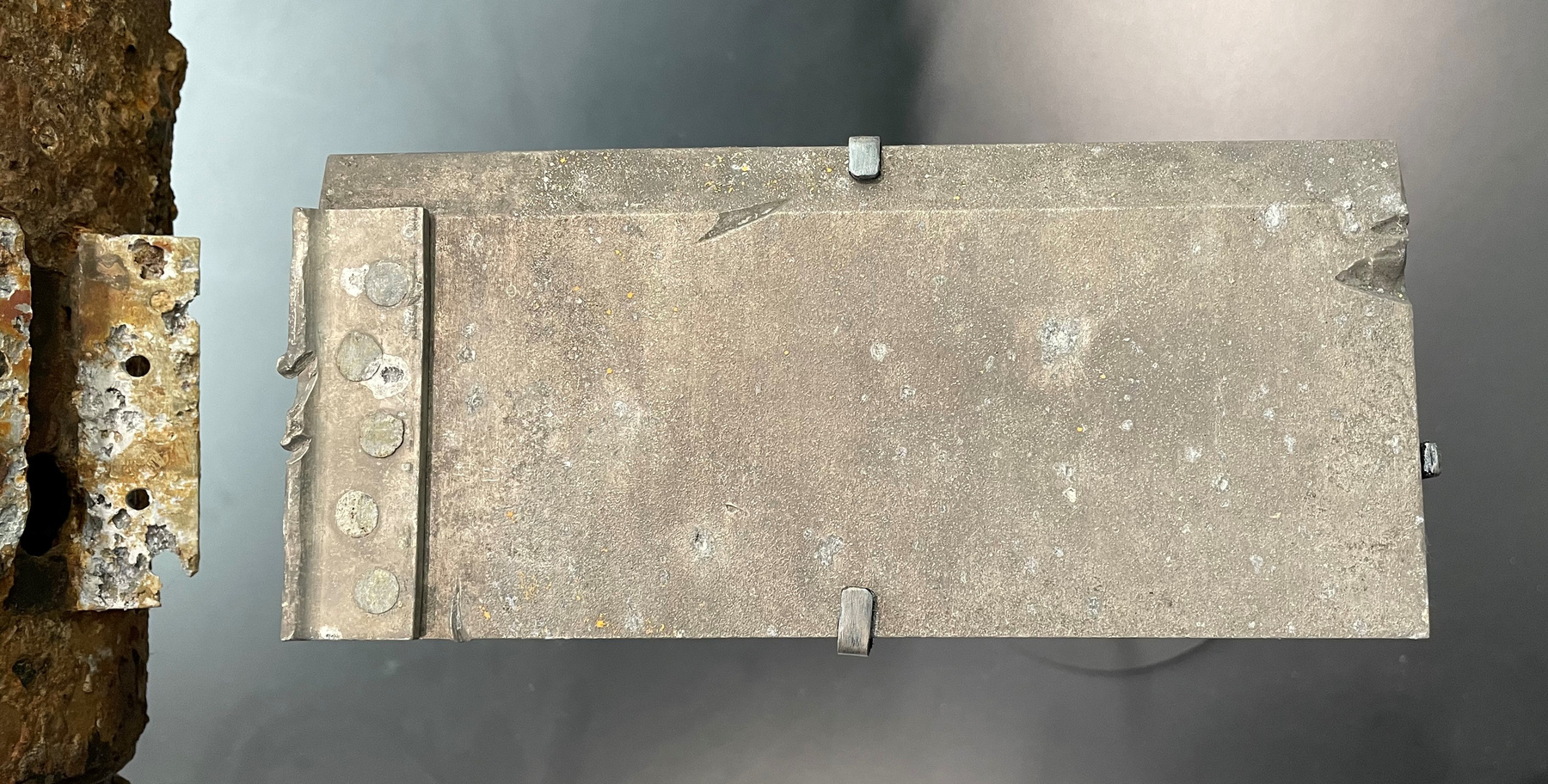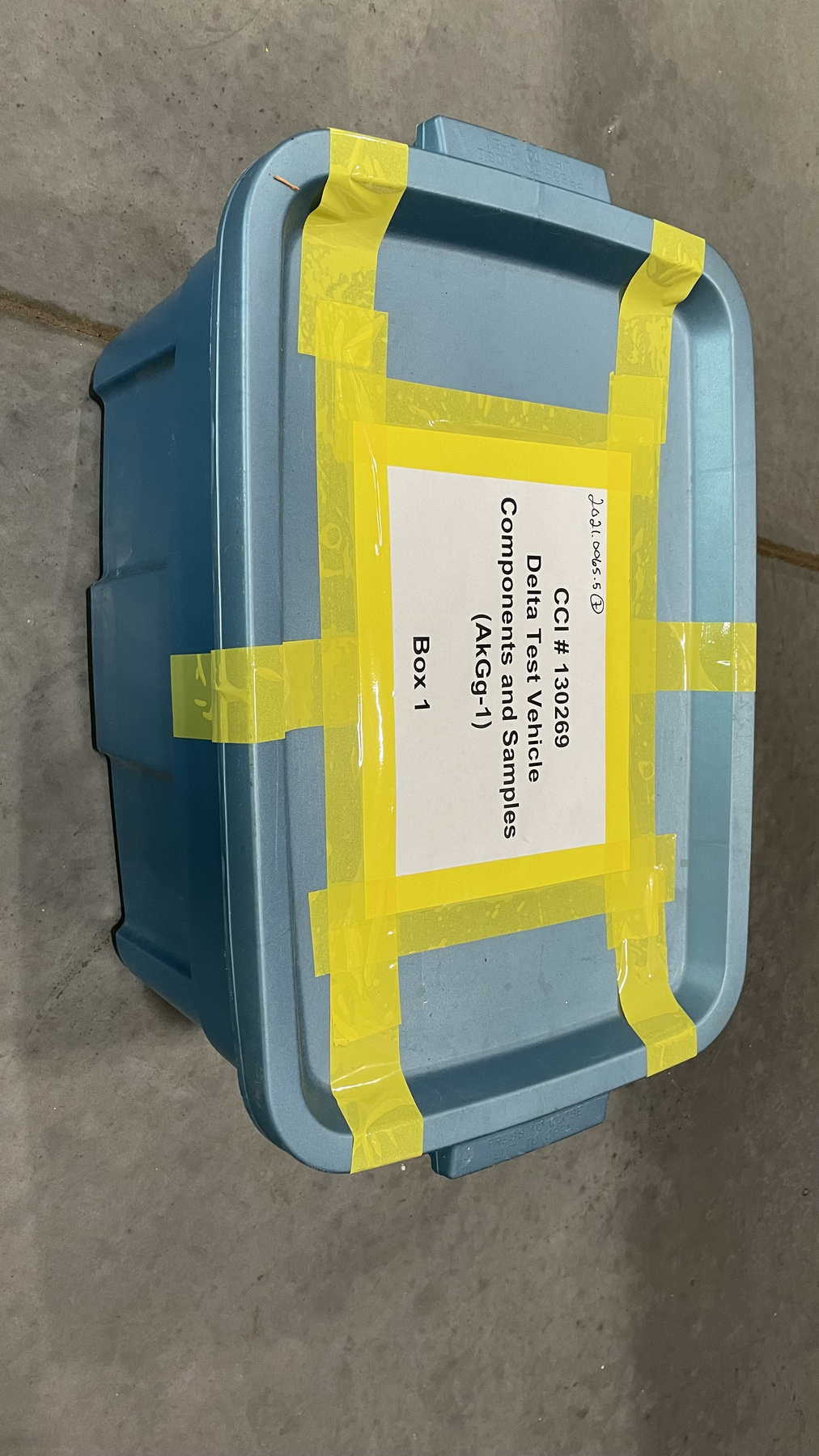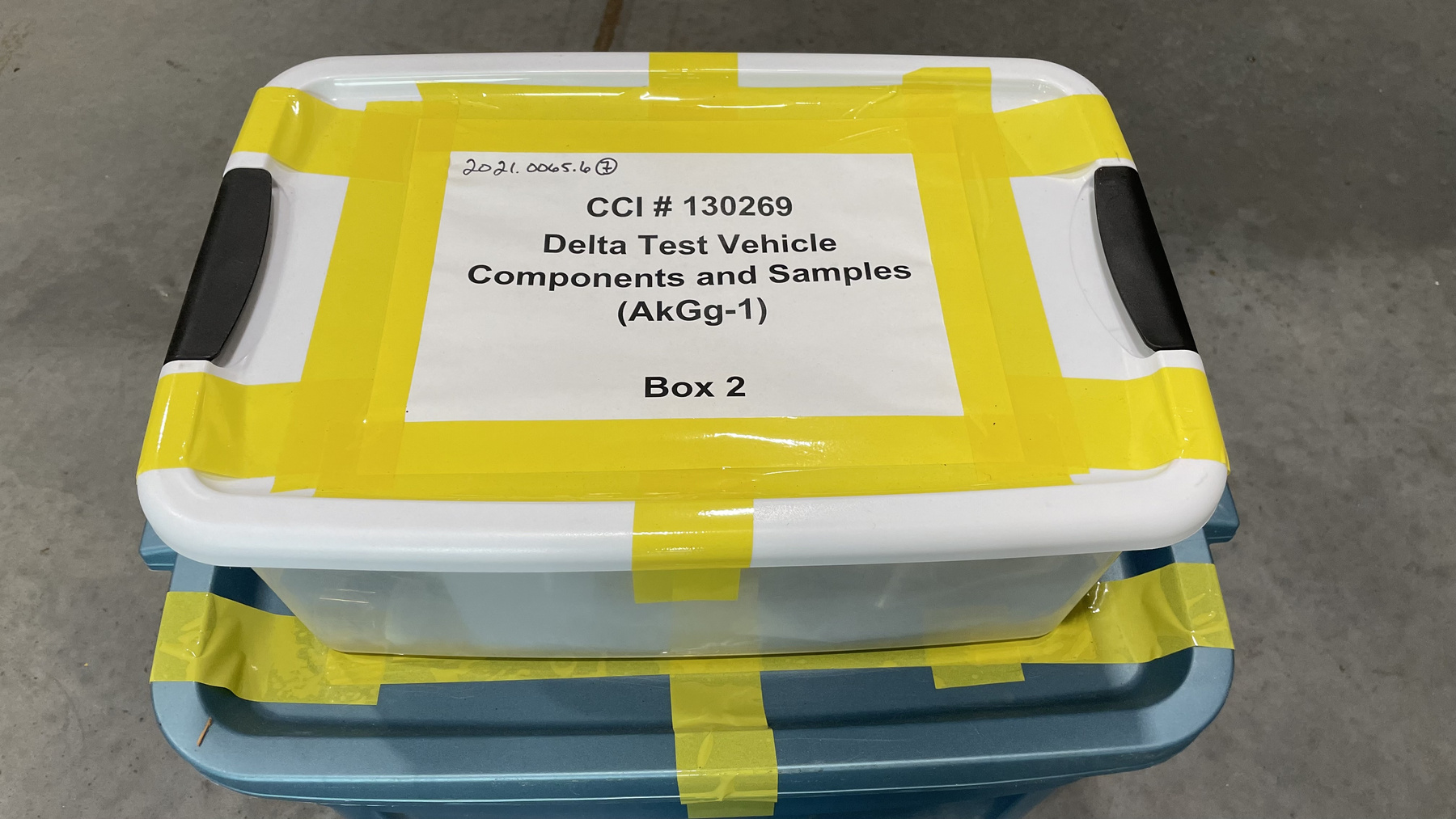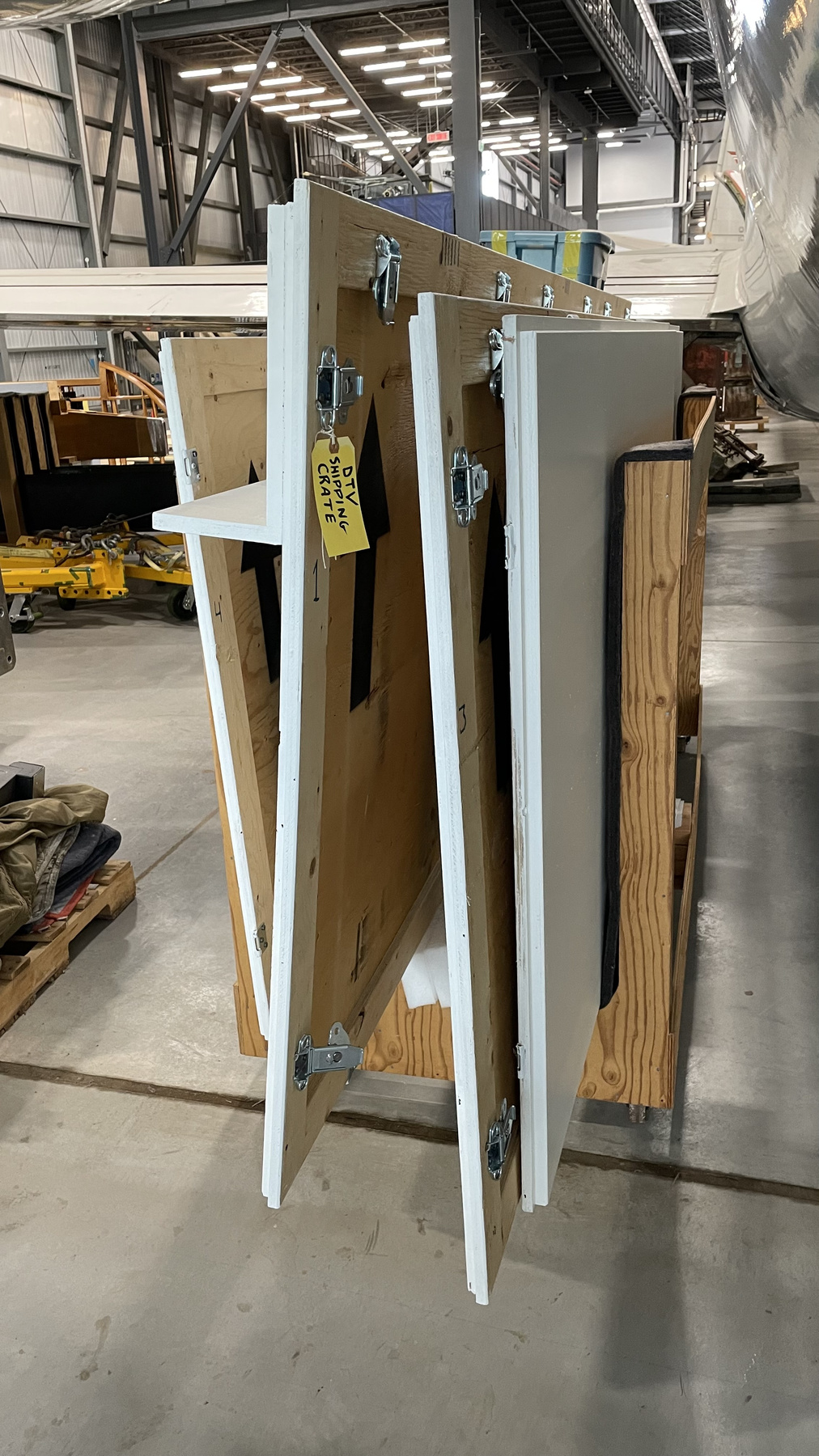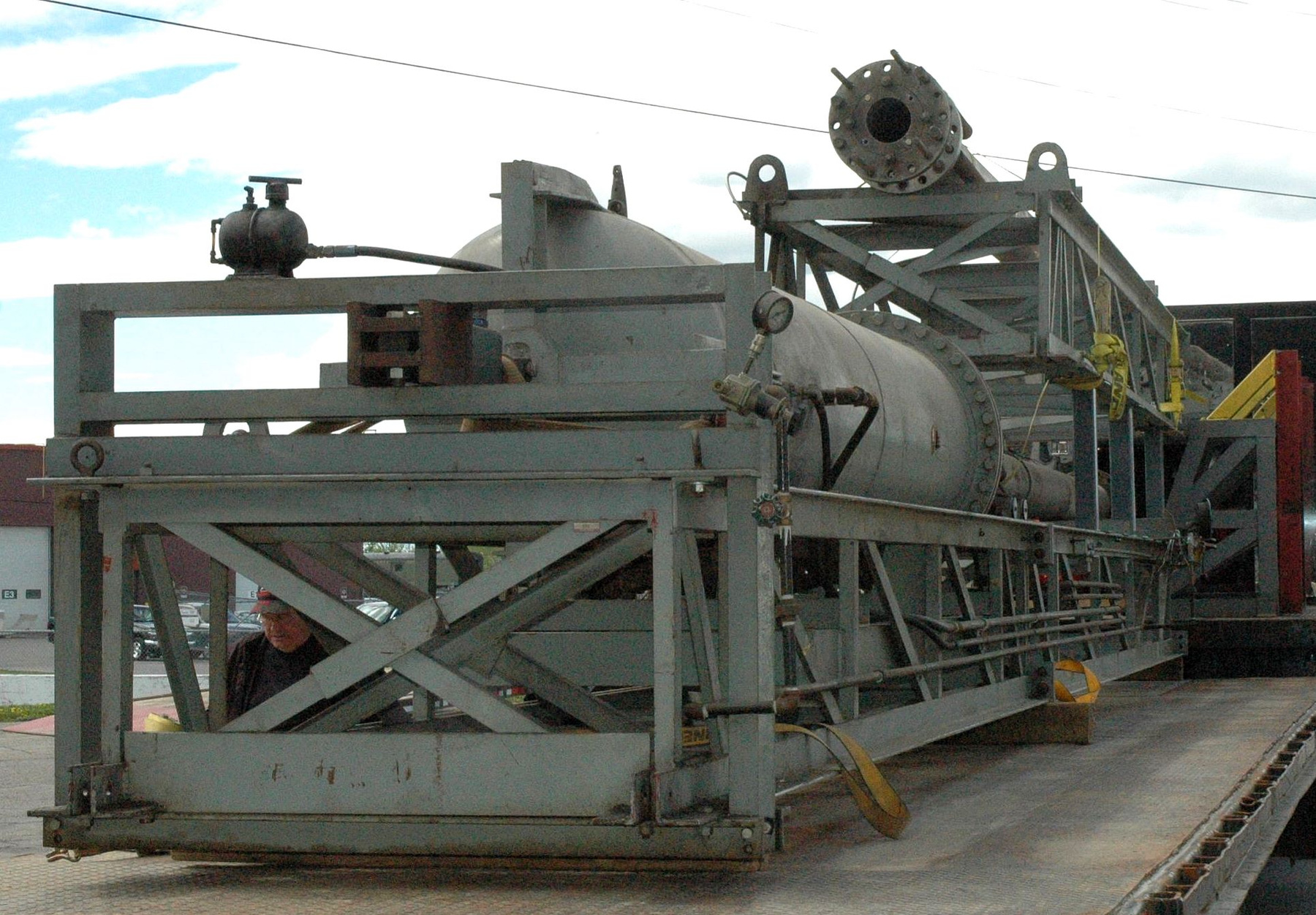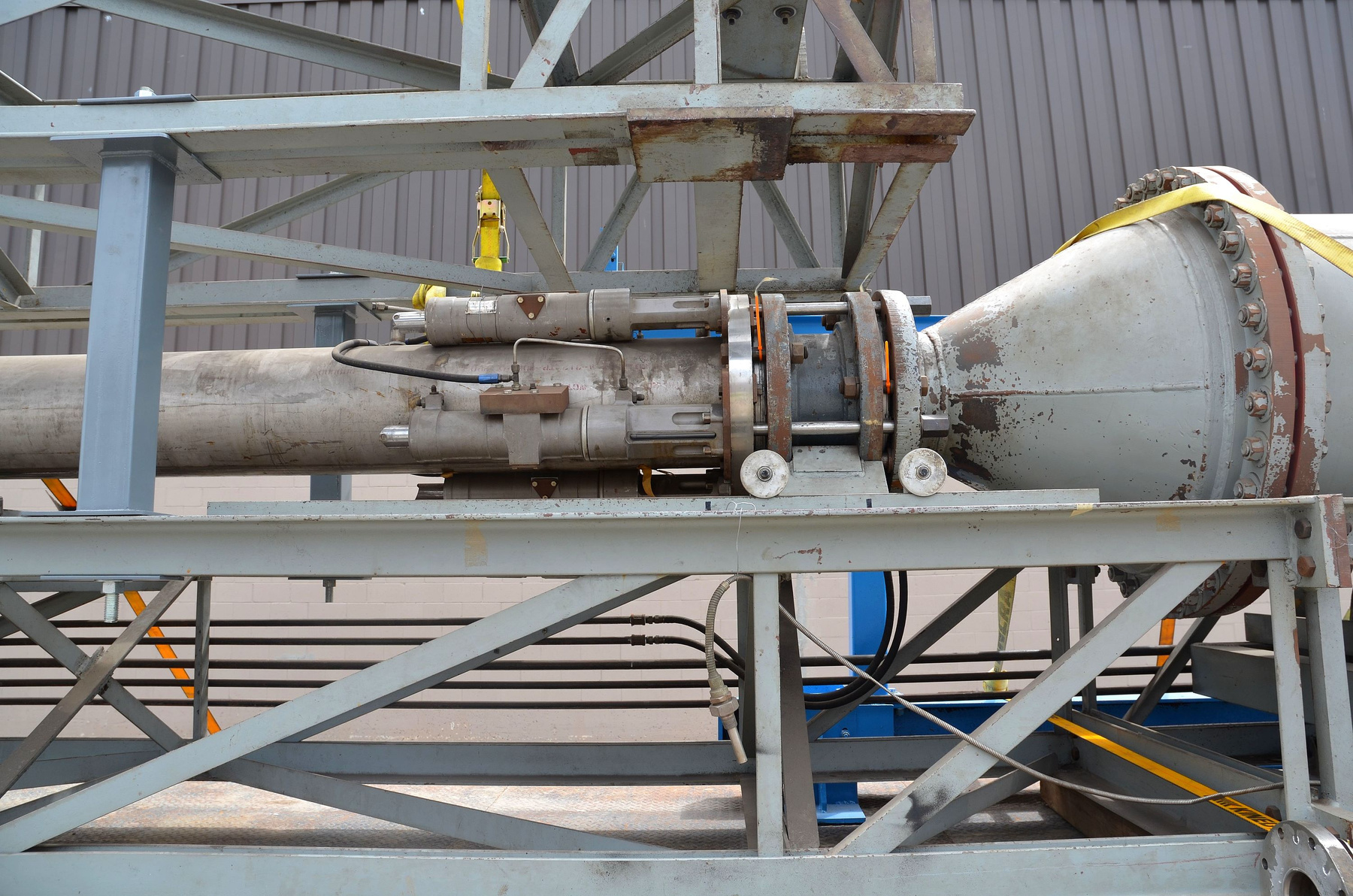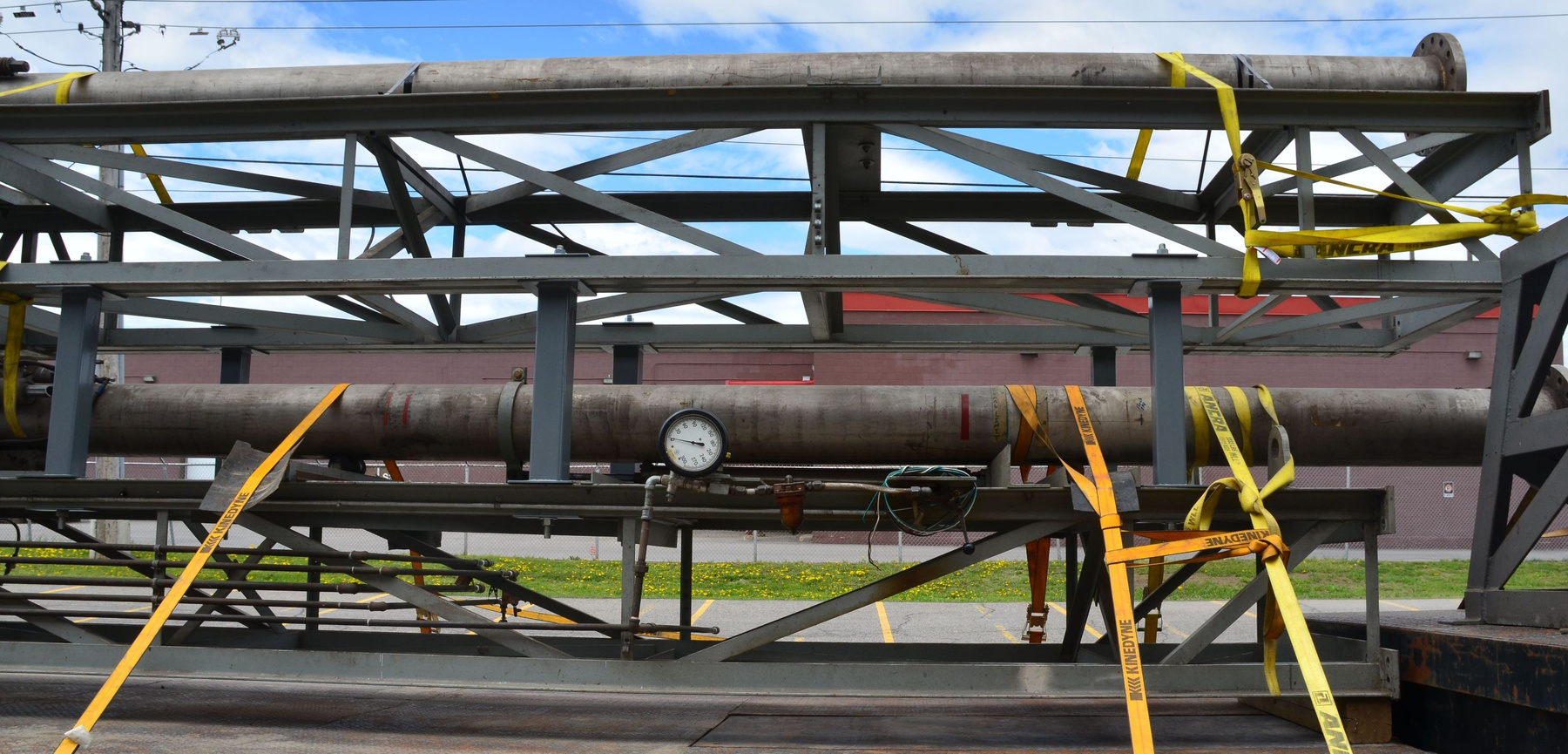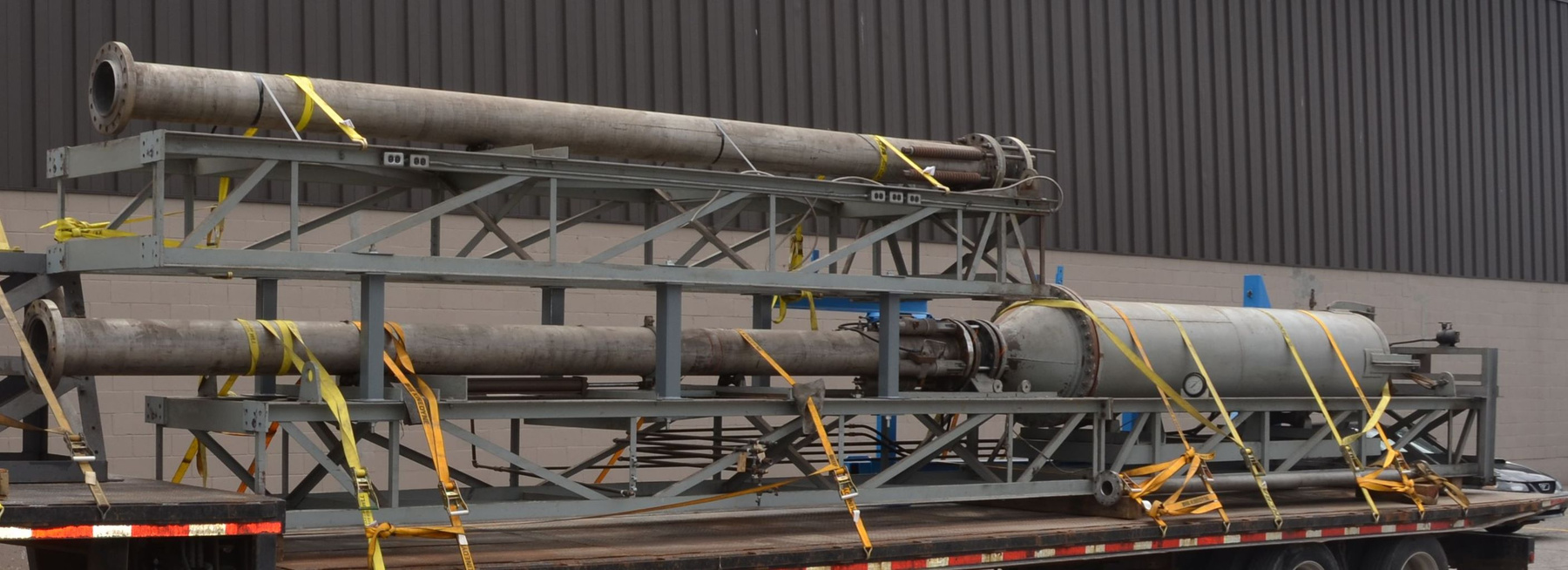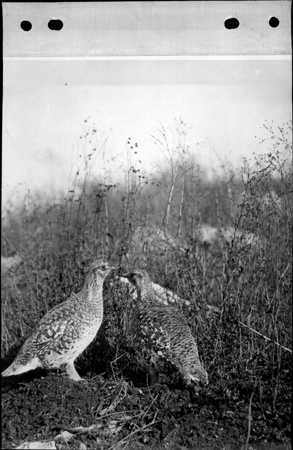Simulateur d'impact en vol
Utiliser cette image
Puis-je réutiliser cette image sans autorisation? Oui
Les images sur le portail de la collection d’Ingenium ont la licence Creative Commons suivante :
Copyright Ingenium / CC BY-NC-ND (Attribution-NonCommercial 4.0 International (CC BY-NC 4.0)
ATTRIBUER CETTE IMAGE
Ingenium,
2013.0141.001
Permalien:
Ingenium diffuse cette image sous le cadre de licence Creative Commons et encourage son téléchargement et sa réutilisation à des fins non commerciales. Veuillez mentionner Ingenium et citer le numéro de l’artefact.
TÉLÉCHARGER L’IMAGEACHETER CETTE IMAGE
Cette image peut être utilisée gratuitement pour des fins non commerciales.
Pour un usage commercial, veuillez consulter nos frais de reproduction et communiquer avec nous pour acheter l’image.
- TYPE D’OBJET
- S/O
- DATE
- 1967
- NUMÉRO DE L’ARTEFACT
- 2013.0141.001
- FABRICANT
- National Research Council of Canada, Institute for Aerospace Research
- MODÈLE
- 10 inch
- EMPLACEMENT
- Ottawa, Ontario, Canada
Plus d’information
Renseignements généraux
- Nº de série
- Prototype
- Nº de partie
- 1
- Nombre total de parties
- 14
- Ou
- chicken cannon; chicken gun; rooster rocket
- Brevets
- S/O
- Description générale
- Predominantly metal structure (includes gun barrels and mount/support frame) painted grey; components include brass, bronze and other metal fittings, glass face on gauges.
Dimensions
Remarque : Cette information reflète la taille générale pour l’entreposage et ne représente pas nécessairement les véritables dimensions de l’objet.
- Longueur
- 1000,0 cm
- Largeur
- 150,0 cm
- Hauteur
- 245,0 cm
- Épaisseur
- S/O
- Poids
- 6350,3
- Diamètre
- S/O
- Volume
- S/O
Lexique
- Groupe
- Aviation
- Catégorie
- Recherche
- Sous-catégorie
- S/O
Fabricant
- Ou
- NRC
- Pays
- Canada
- État/province
- Ontario
- Ville
- Ottawa
Contexte
- Pays
- Canada
- État/province
- Ontario
- Période
- Used between 1968- 2009.
- Canada
-
Operated as it was by a permanent staff working for a government organisation, the 10-inch gun was used to test a variety of aircraft types produced by many companies based in foreign countries. Foreign companies came to Uplands because they knew the staff and equipment could provide them with the information they needed. As a result, NRC played a crucial role in making flying safer. It is very likely, if not almost certain, that the flight impact simulators located in Ottawa were the inspiration for the Chicken Cannon irregularly put to use on the CBC’s weekly television show Royal Canadian Air Farce. The Chicken Cannon made its appearance on Friday, March 4th, 1994. It was apparently last fired on Thursday, December 18th or Friday, December 19th, 2008, at the taping of the show’s very popular New Year’s special. Throughout the years, the Chicken Cannon was loaded and fired by one of the show’s most popular character, Colonel “Teresa” Stacey, played by Don Ferguson. As well as a sizeable number of rubber chickens, the Chicken Cannon fired a bewildering variety of items, primarily food, at photos of individuals, either Canadian or foreign, who were deemed to be the most annoying at the time. Viewers proposed many targets. [Ref. 1] - Fonction
-
Used to test aircraft components to see if they could resist the impact of one or more birds. - Technique
-
Powerful and large flight impact simulator; built by Fairey Canada of Halifax, NS. It has a 12.2-metre smoothbore stainless steel barrel with a 254-mm bore, and can be taken apart for storage or transport. Designed to fire fully feathered birds weighing up to 14 lb (6.3), it was actually used with 4 lb (1.8 kg) and 8 lb (3.6 kg) birds, as these were the testing standards established by regulatory authorities. The basic operating principle of the 10-inch gun is identical to that of the 3.5-in gun. [2013.0140] Indeed, the two devices shared a common control panel. [2013.0142] The target was mounted on a large concrete apron in the open air or, from 1970 onward, on the floor of an enclosed test room with controllable temperature (- 40 to + 54.5 degrees Celsius). There was a semicircular dirt embankment, or berm, outside the apron area to contain any stray material. The 10-inch gun was kept in a building at all times. Interestingly enough, the original idea was to use an actual aircraft as the target for the device. The work involved in towing such a large object from the airport to the test area, not to mention the possibility of damaging the aircraft to such an extent that it could not fly out, led to a decision to use components (nose section, wing or tailplane / tail assembly) as targets. During its early days, the step chamber of the 10-inch gun was sealed by tightening by hand six-teen one-inch diameter bolts - a tiring and time-consuming process. In late 1971, staff members installed a hydraulic system that used four high-pressure aileron actuators left from the very well known Avro CF-105 Arrow supersonic bomber interceptor program. [Ref. 1] - Notes sur la région
-
Inconnu
Détails
- Marques
- Markings include: plates for "HANNIFEN softstop/ ADJUSTABLE SHOCK ABSORBER" and "LUNKENEIMER/ CANADA LIMITED" fitting; "COURT IND. LTD./ CR 1- D- 2432 - 5/ [illegible]" on plate mounted on lower section of simulator; sticker with barcode and "PROPERTY OF/ NRCC/ 071522" [with French language text); and "MORRISON BRASS/ TORONTO" printed on gauge face.
- Manque
- Unknown.
- Fini
- Predominantly metal structure (includes gun barrels and mount/support frame) painted grey; components include brass, bronze and other metal fittings, glass face on gauges.
- Décoration
- S/O
FAIRE RÉFÉRENCE À CET OBJET
Si vous souhaitez publier de l’information sur cet objet de collection, veuillez indiquer ce qui suit :
National Research Council of Canada, Institute for Aerospace Research, Simulateur d'impact en vol, 1967, Numéro de l'artefact 2013.0141, Ingenium - Musées des sciences et de l'innovation du Canada, http://collection.ingeniumcanada.org/fr/item/2013.0141.001/
RÉTROACTION
Envoyer une question ou un commentaire sur cet artefact.
Plus comme ceci
